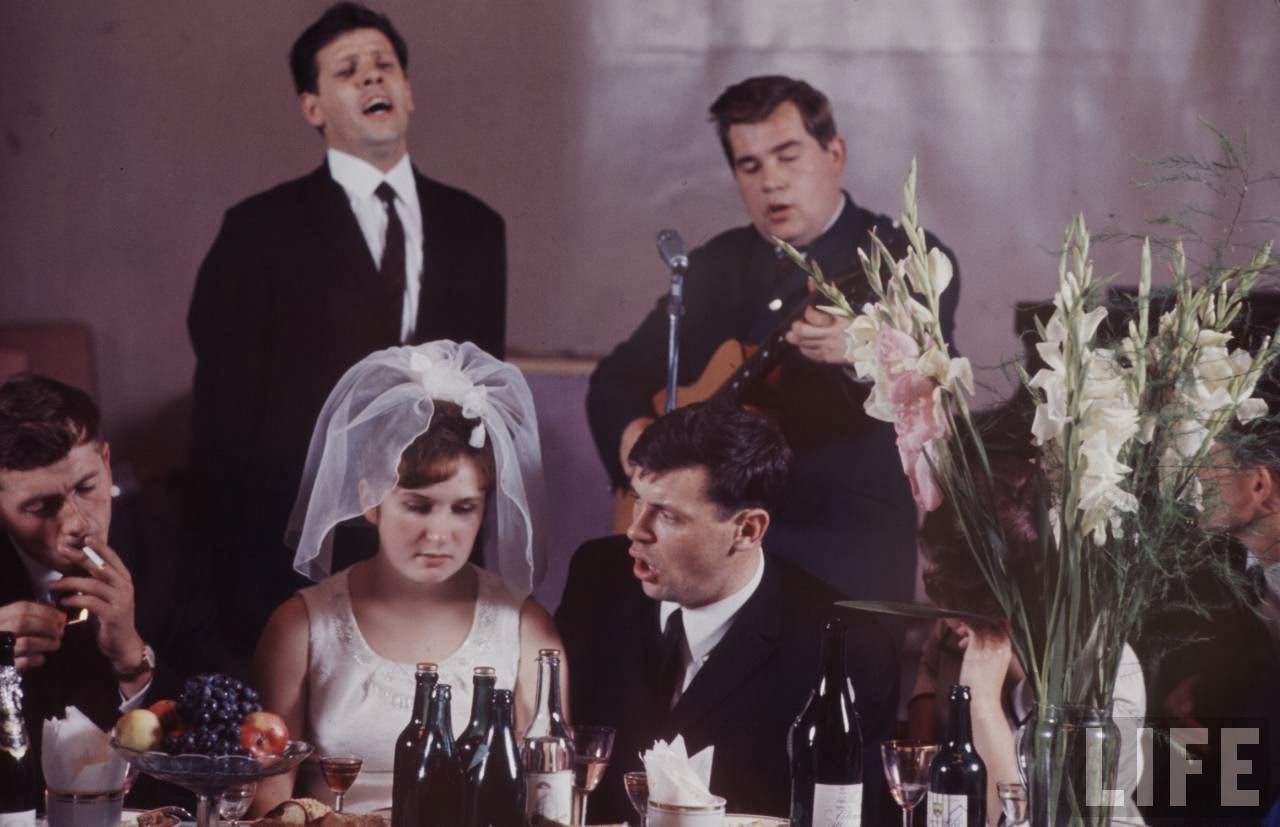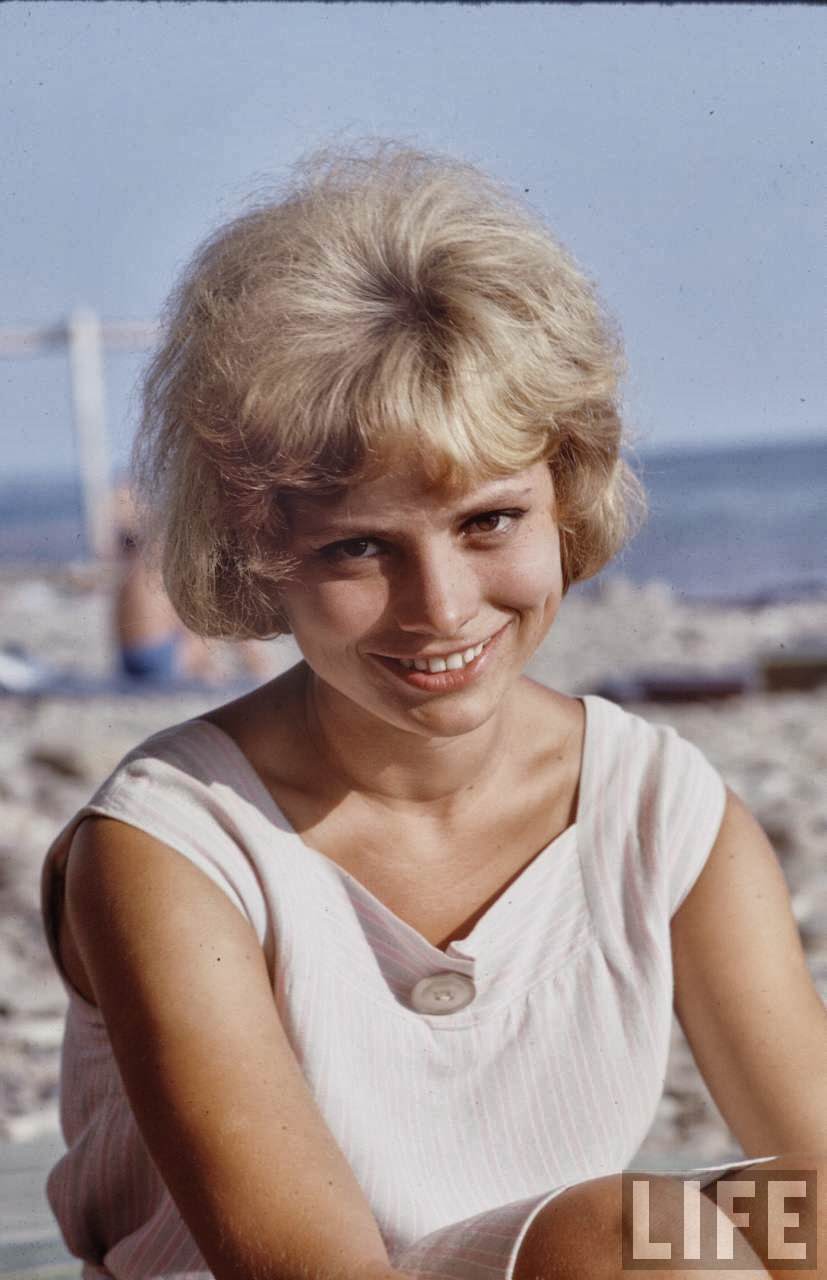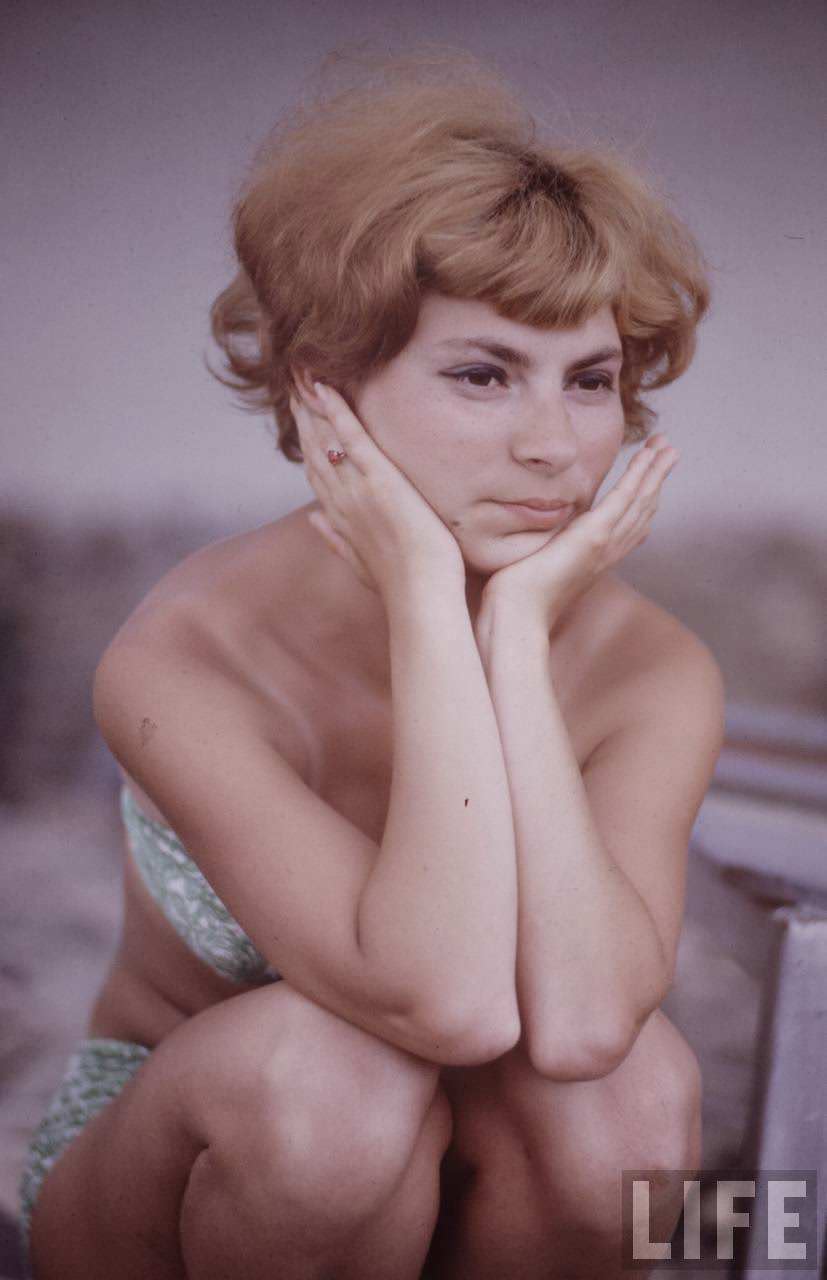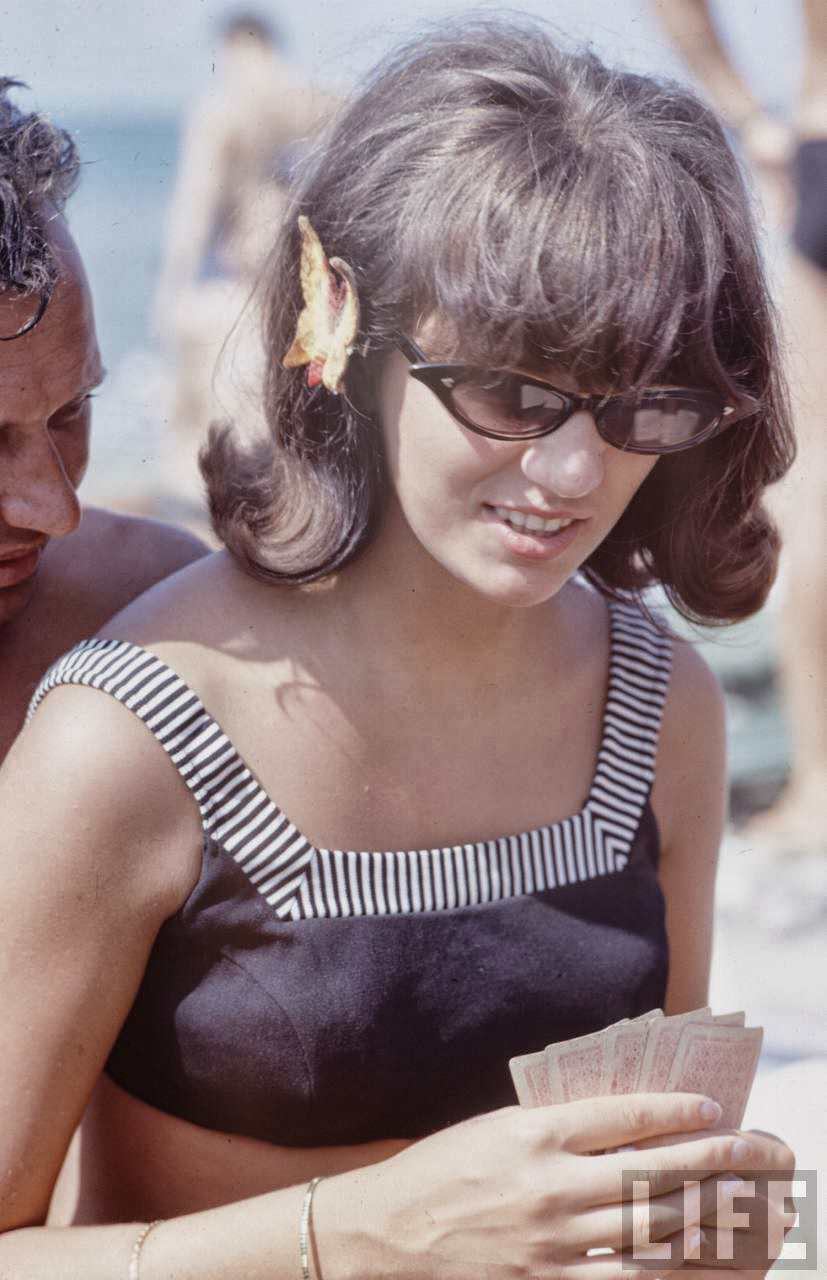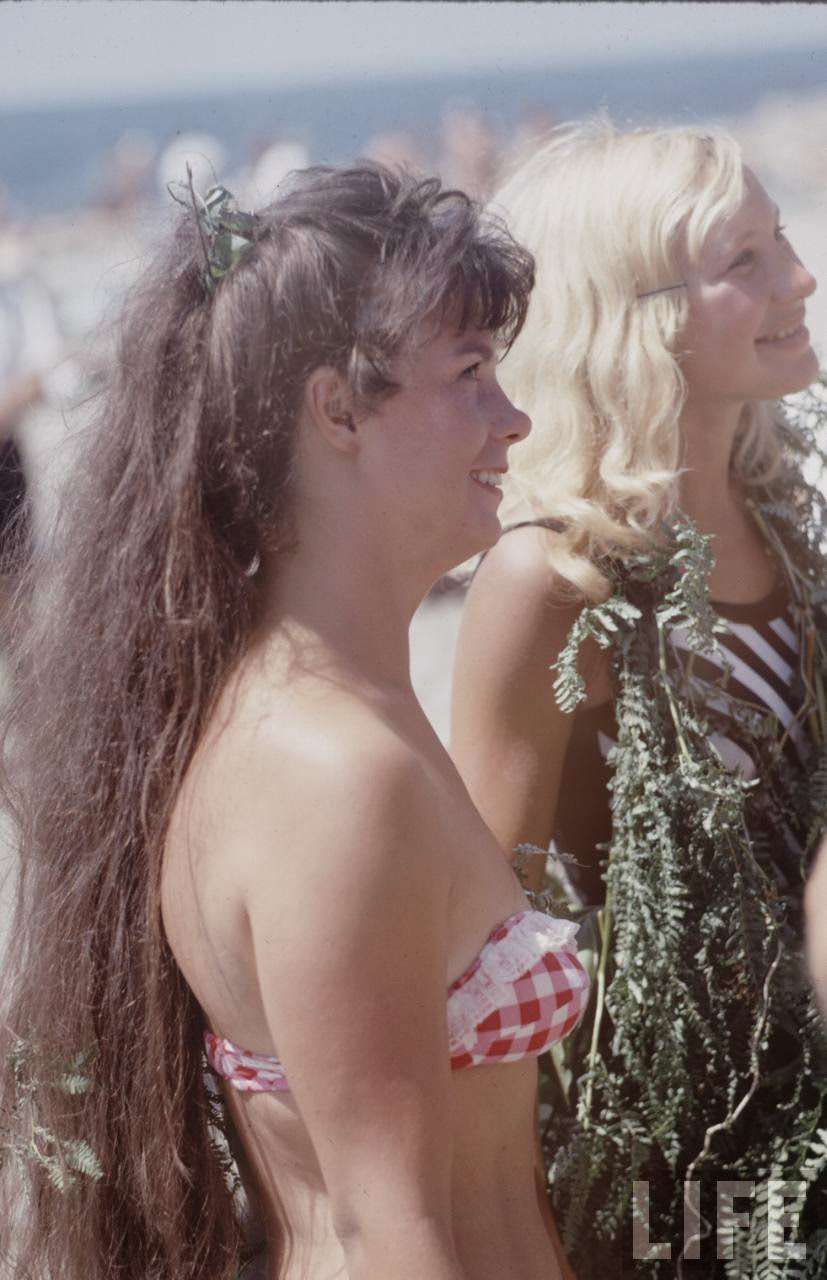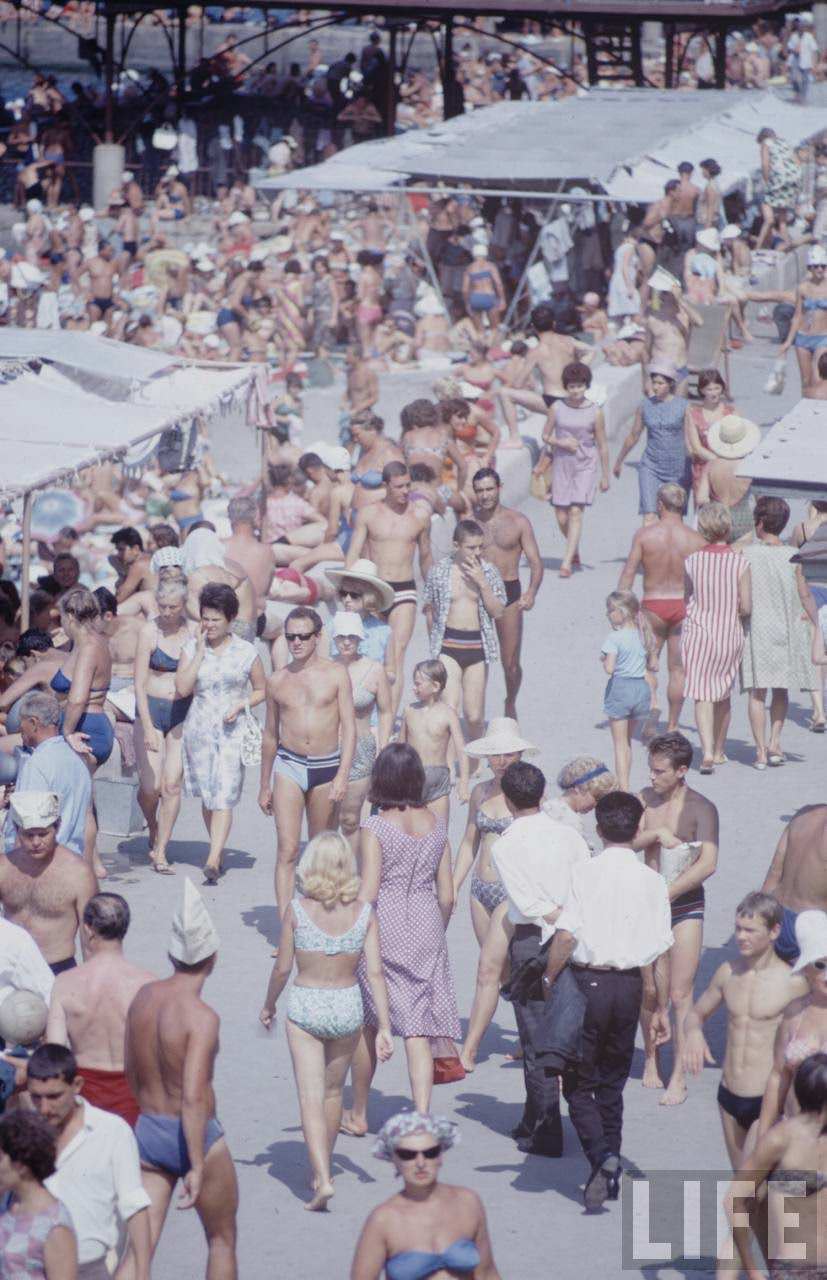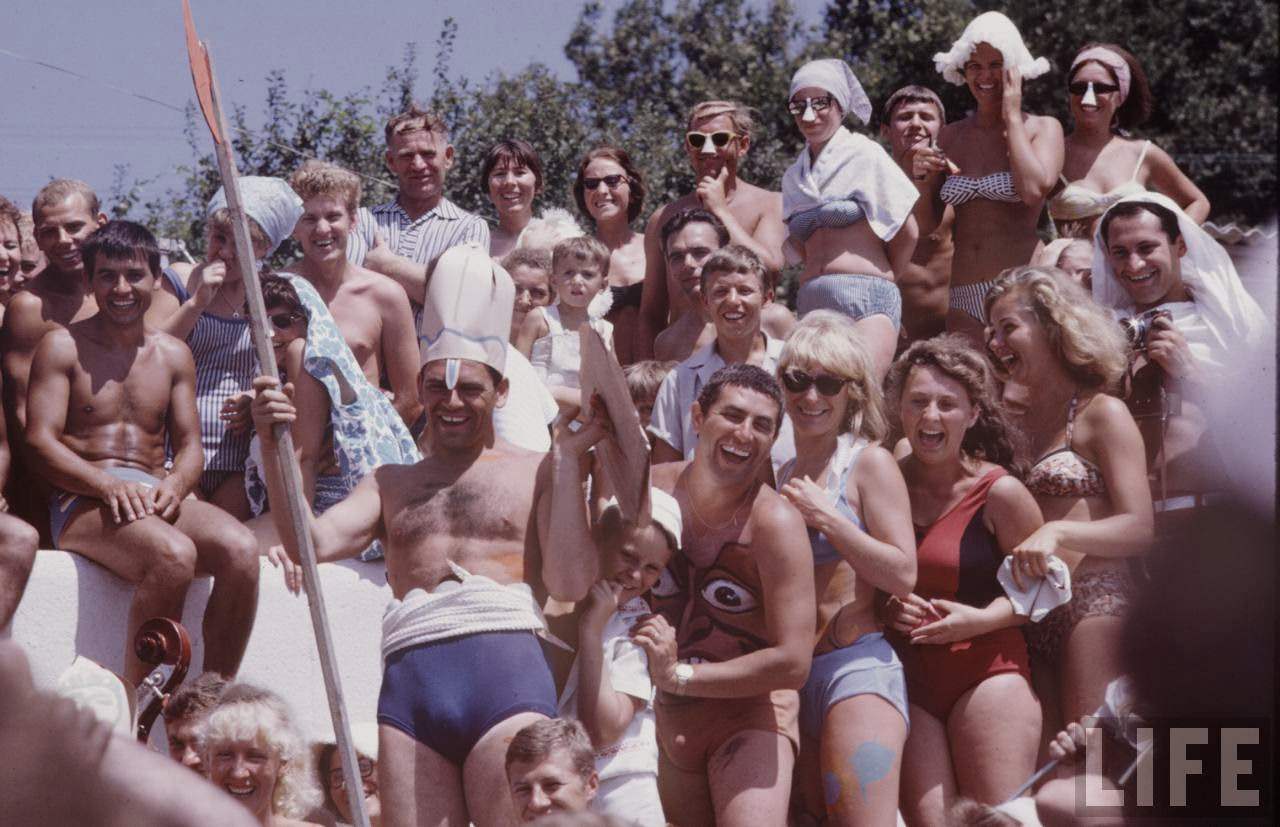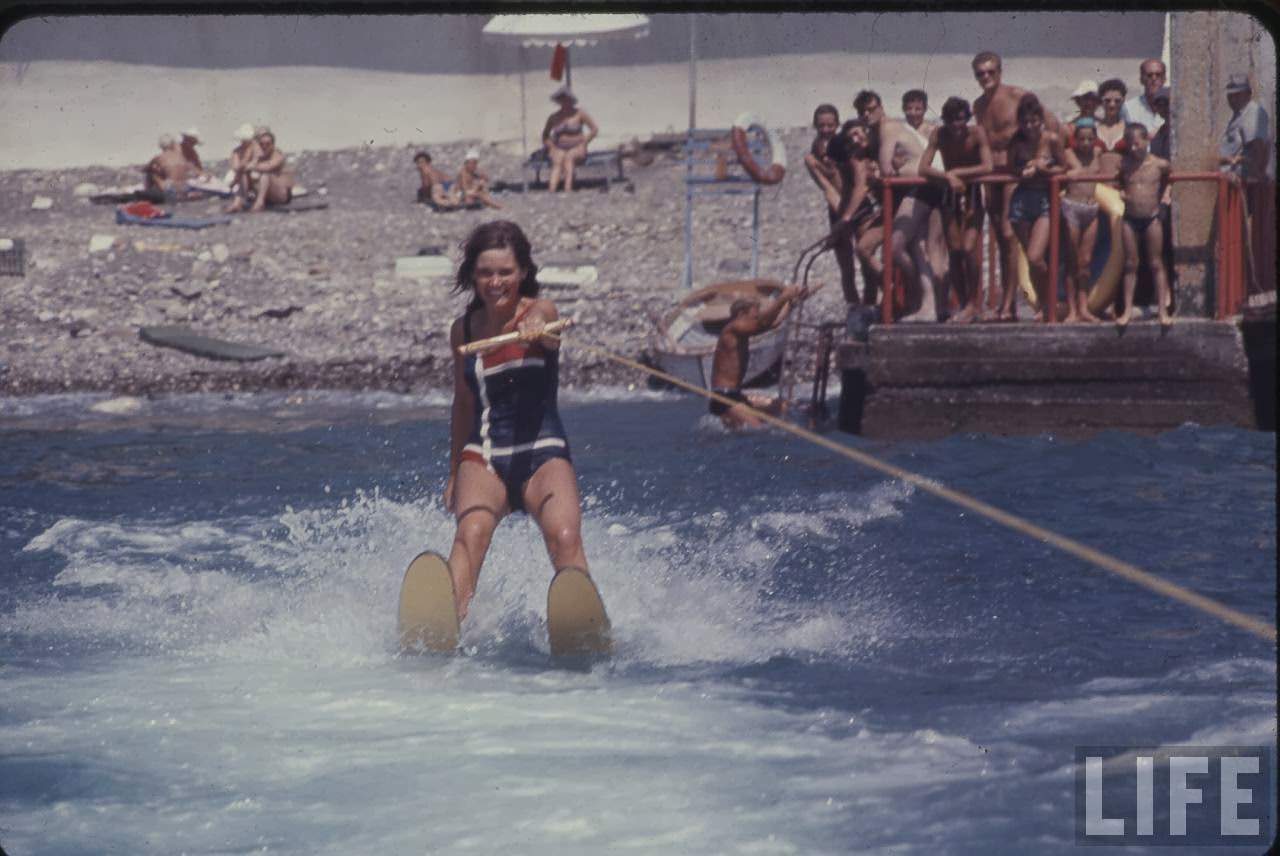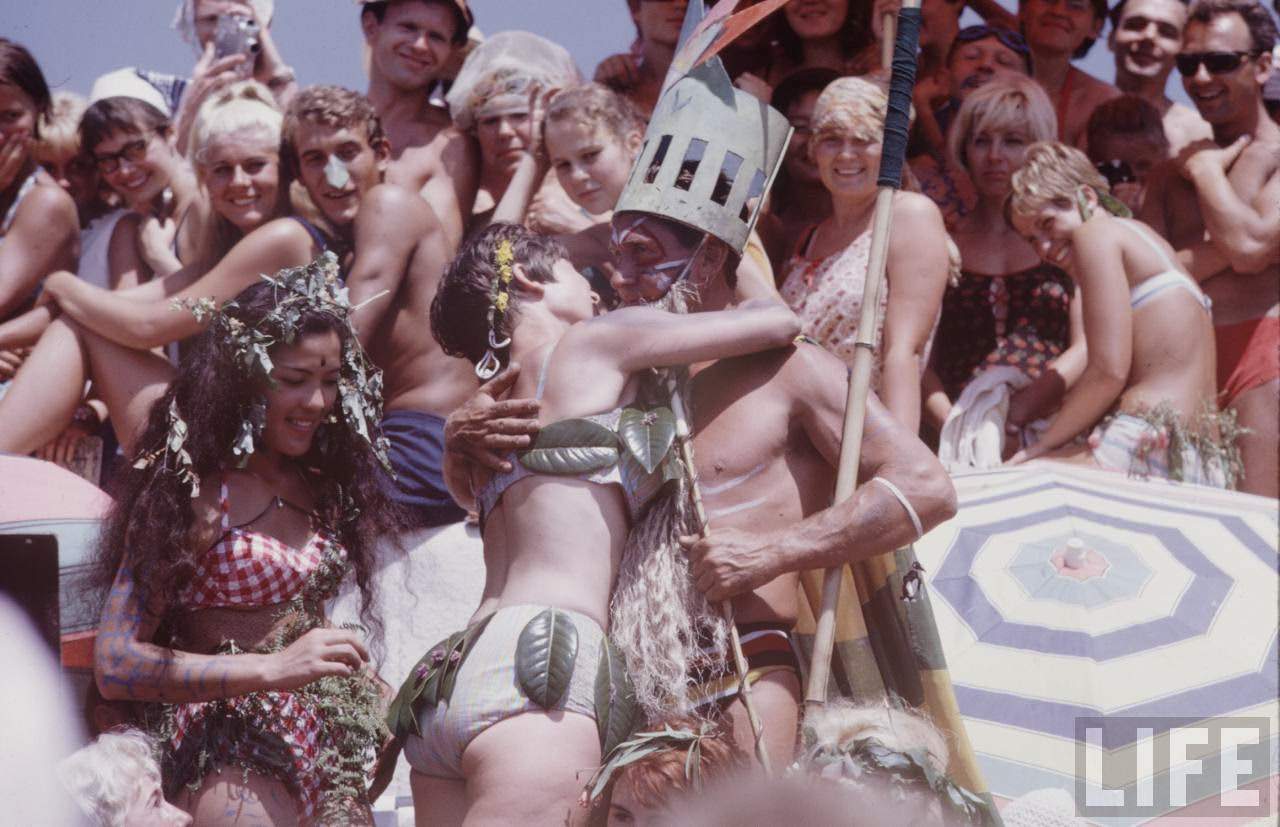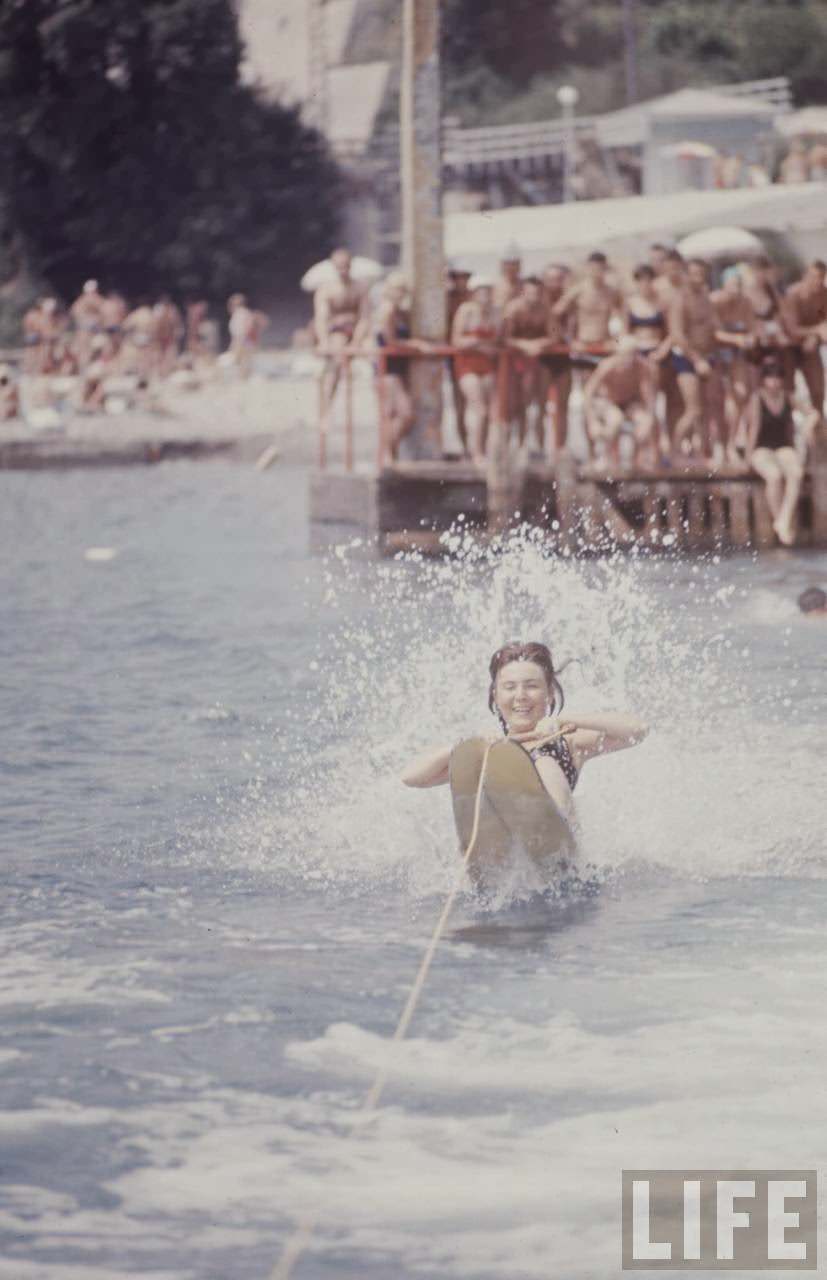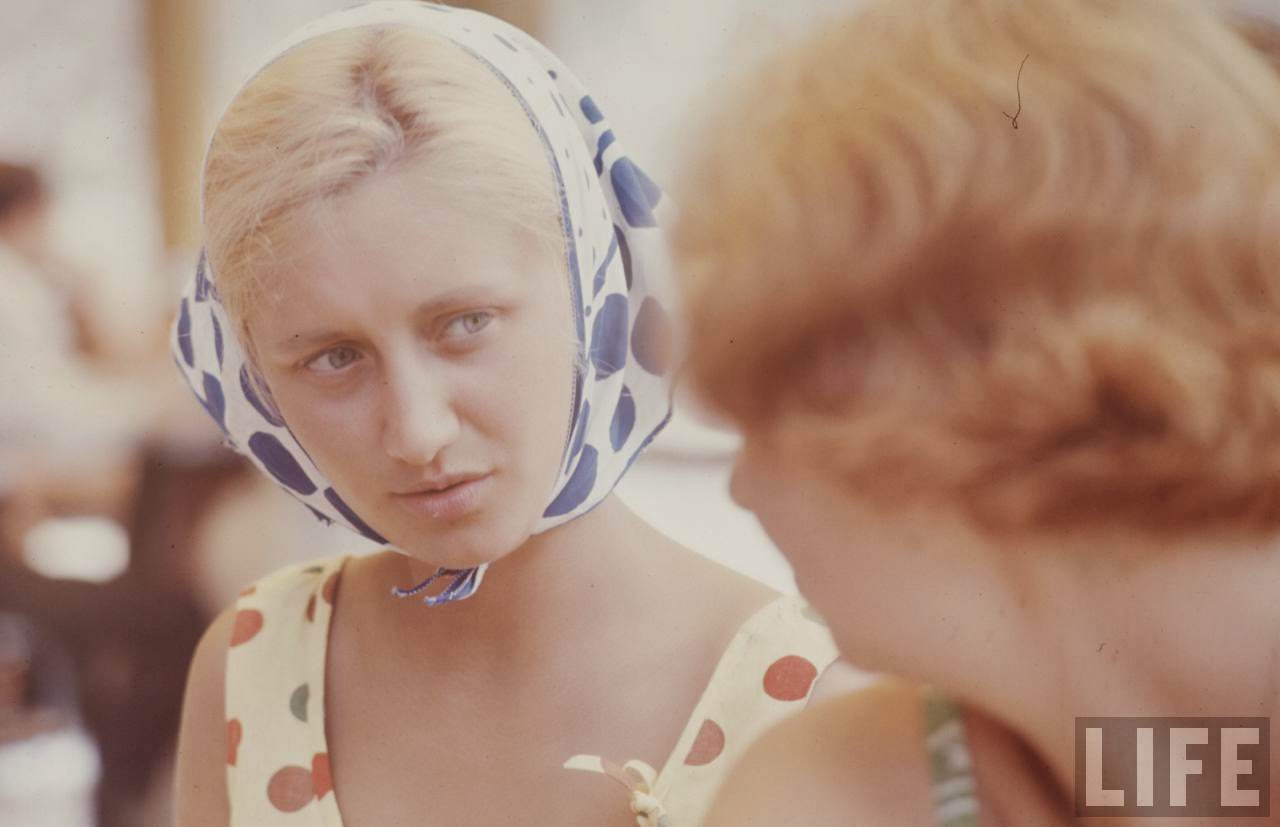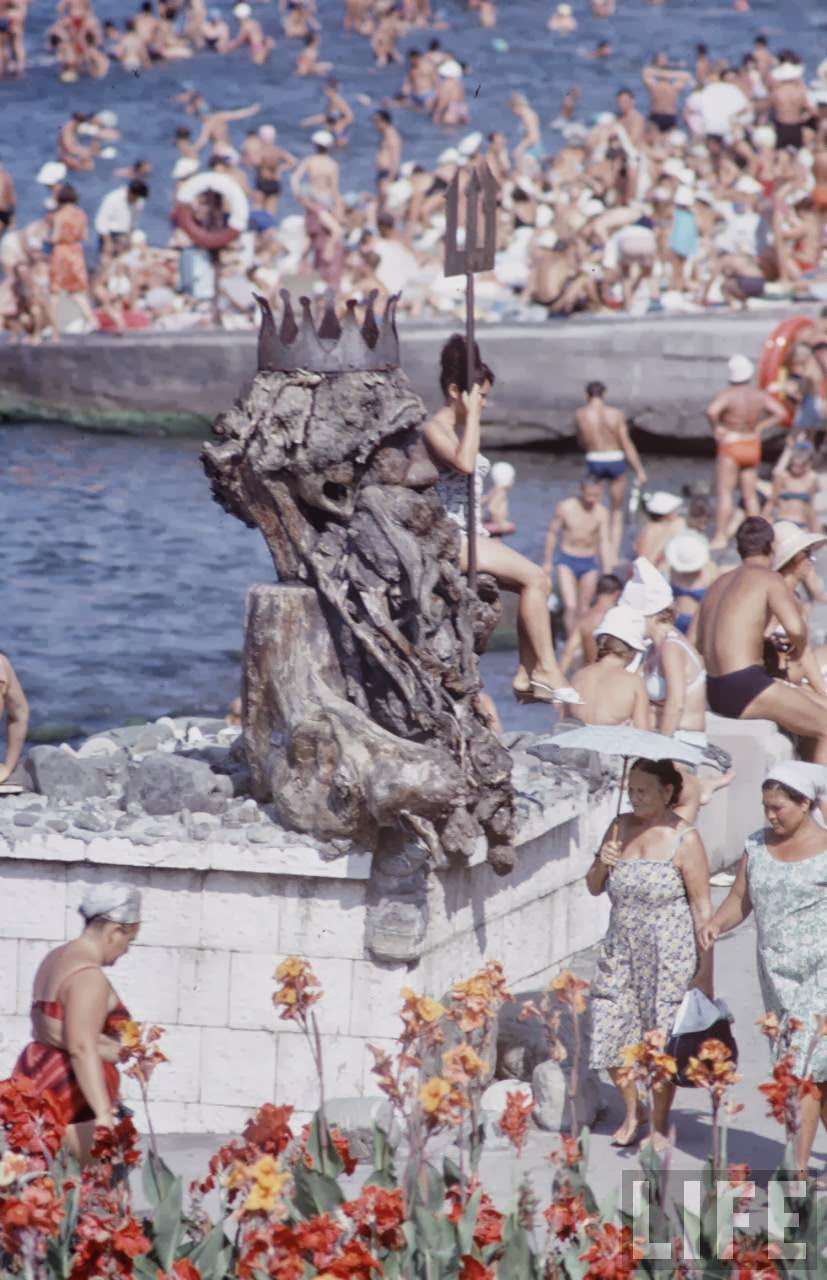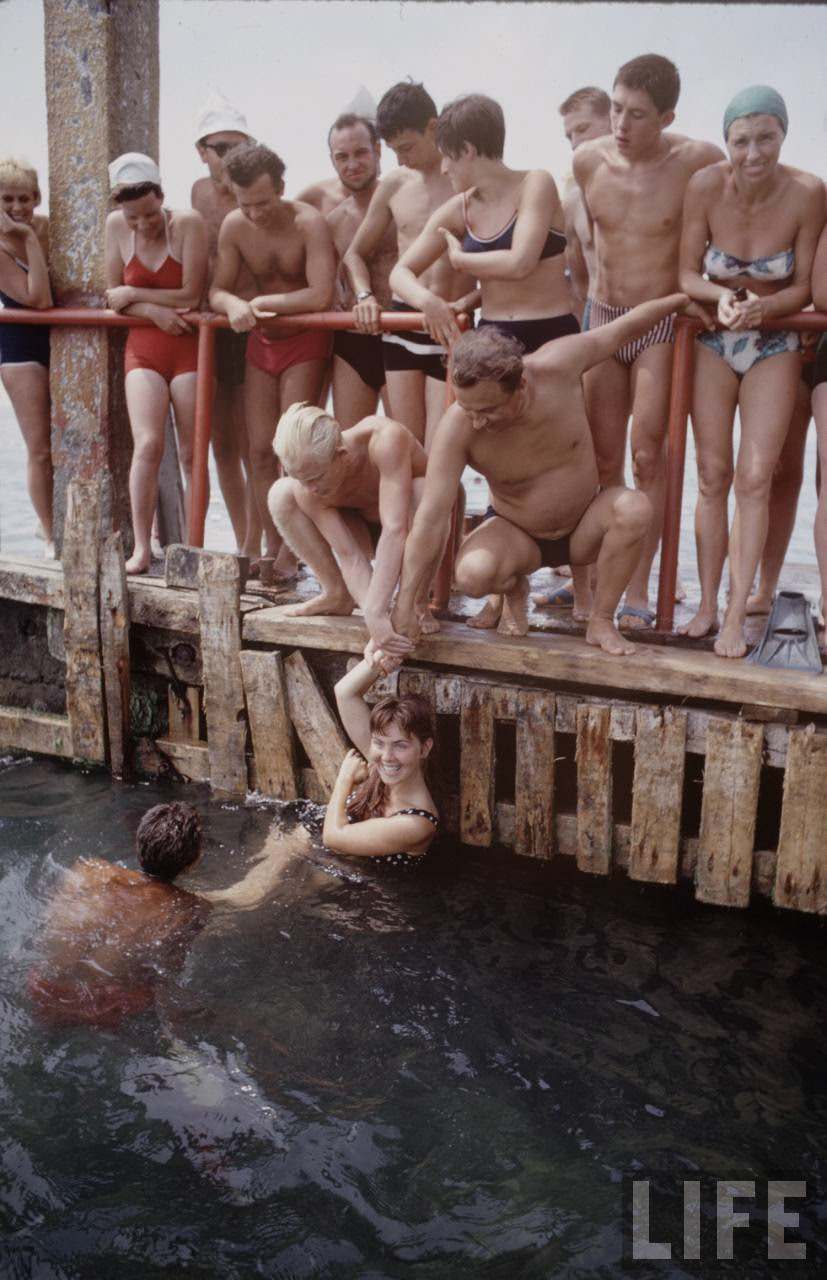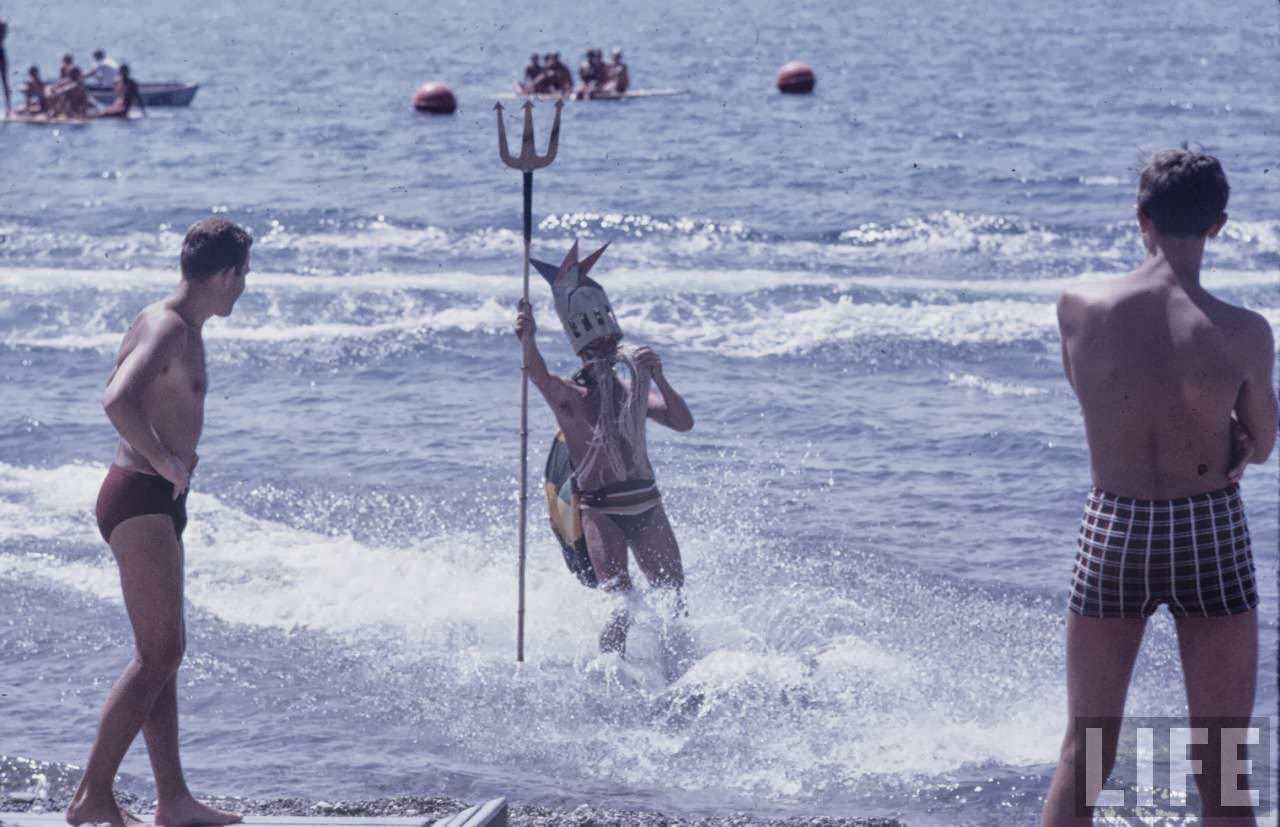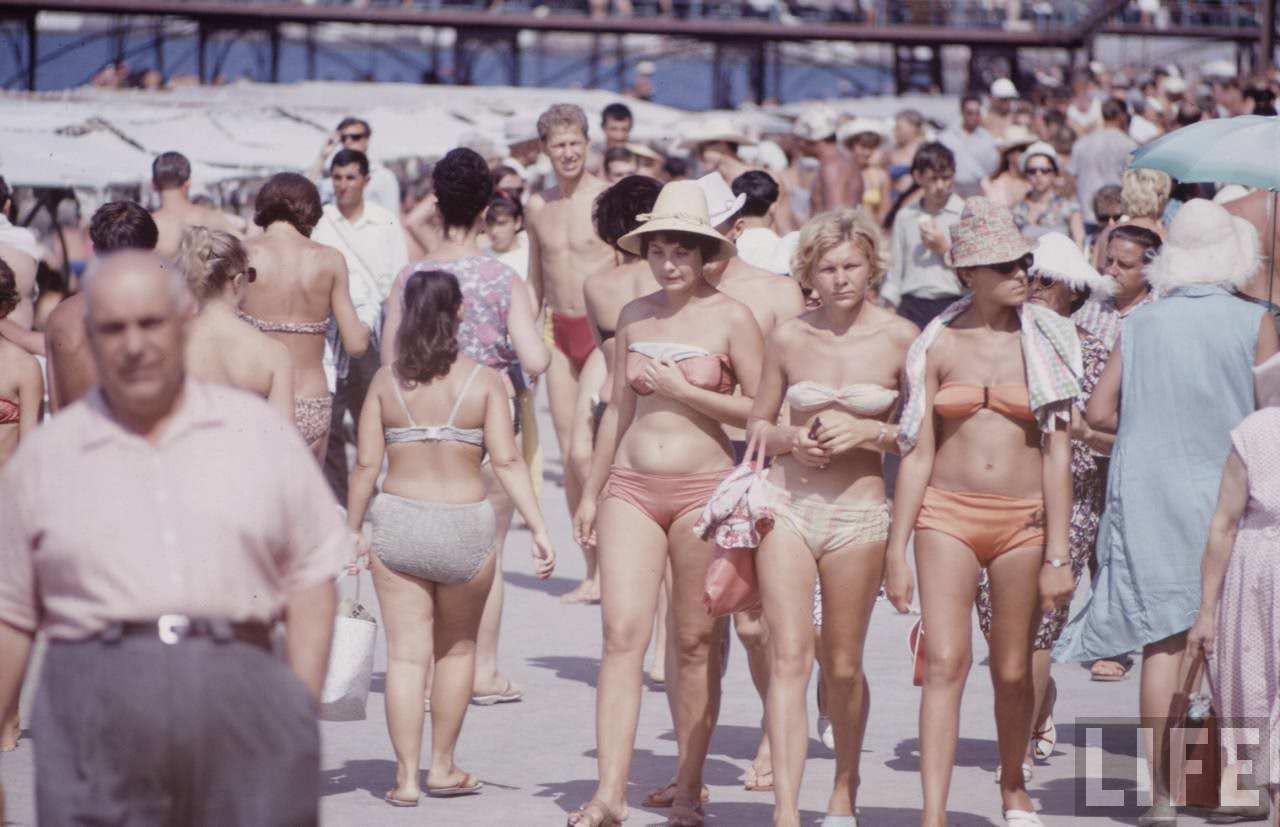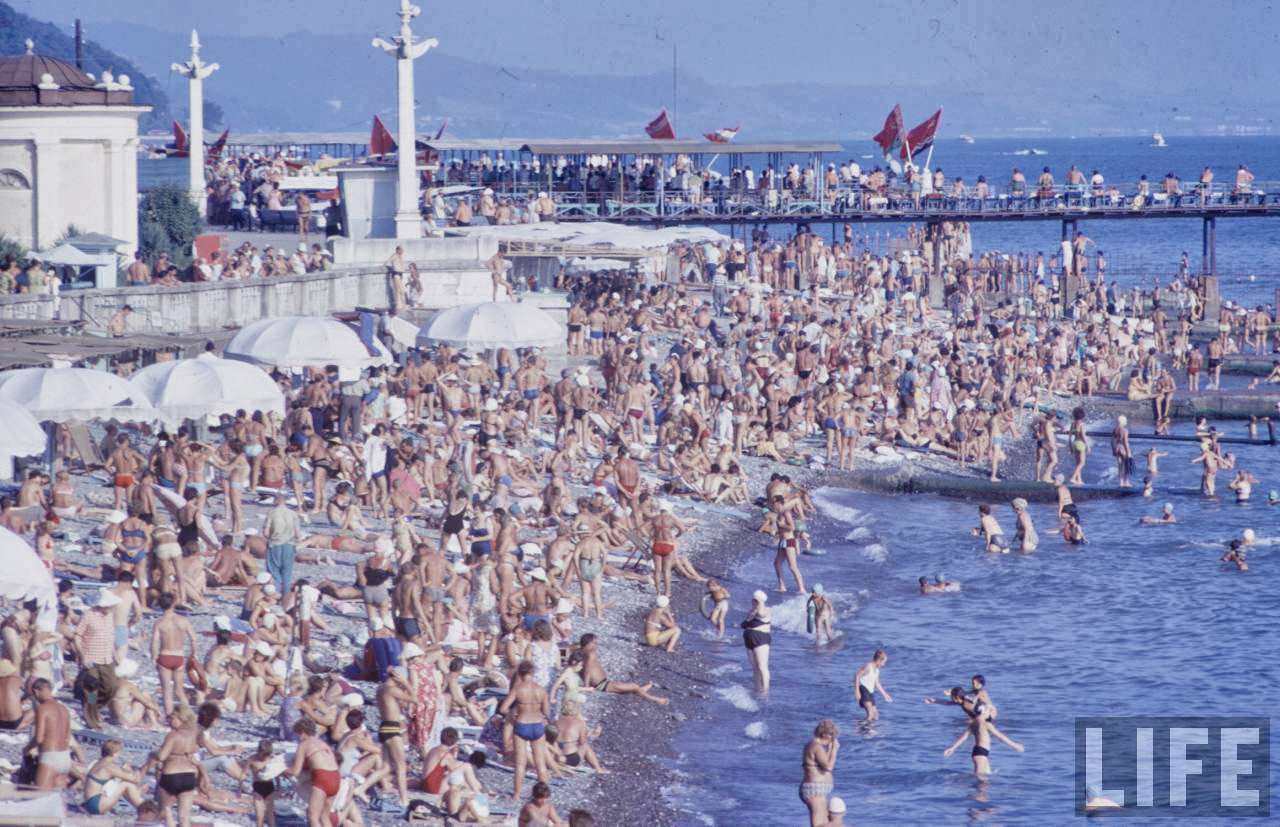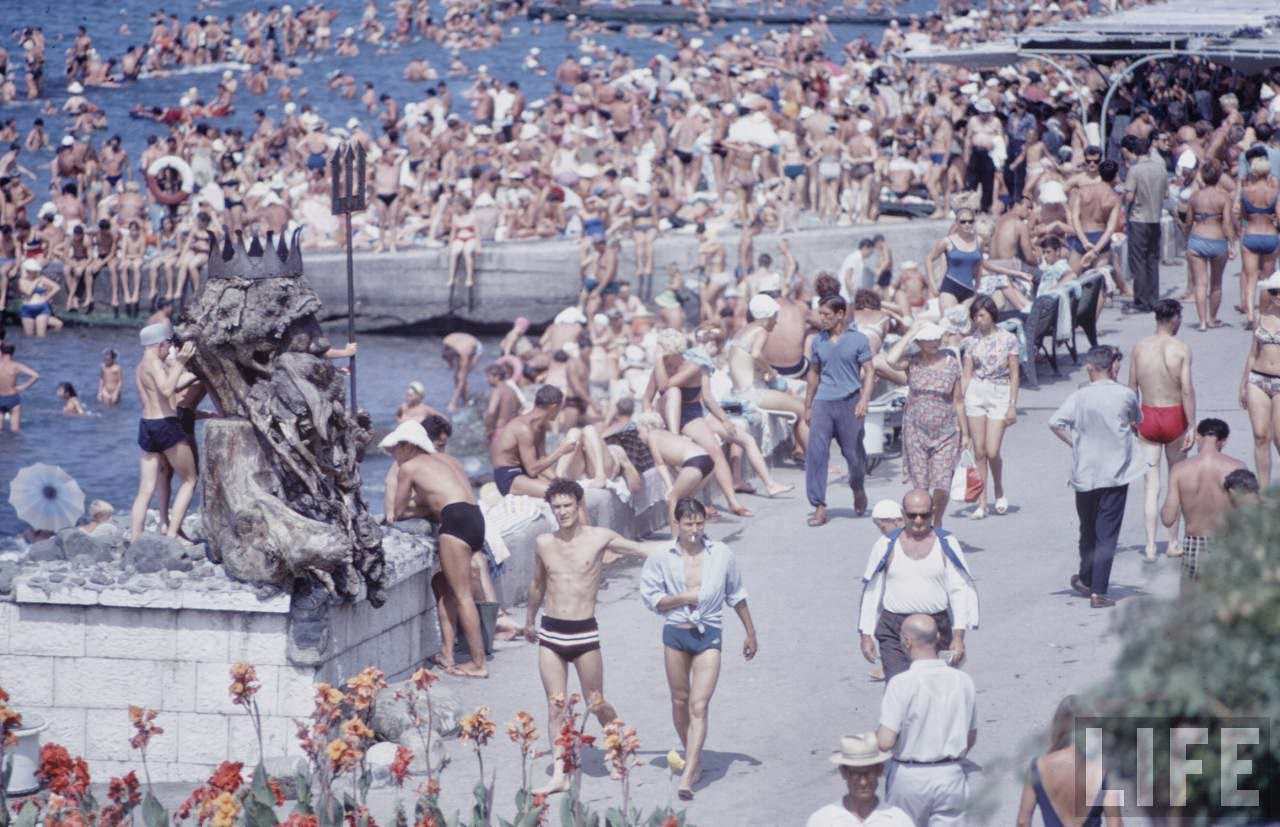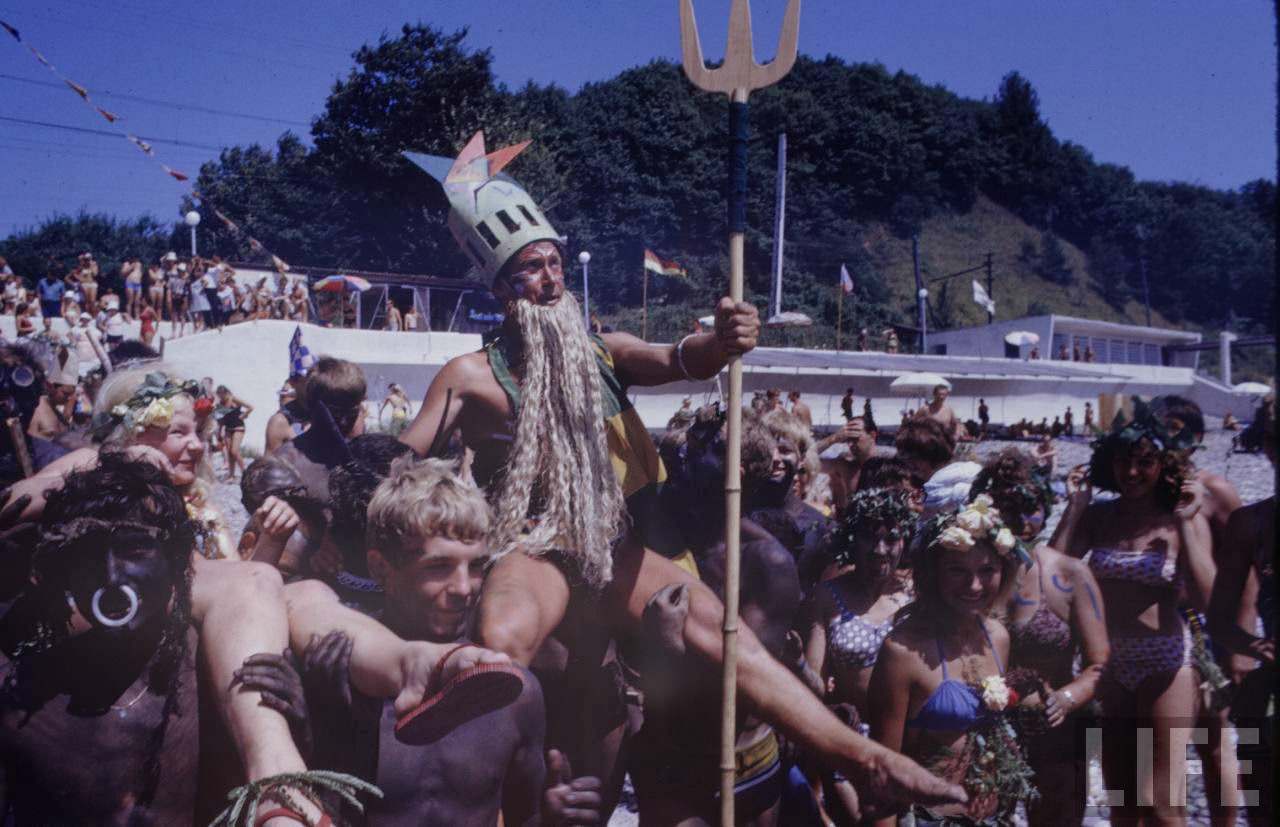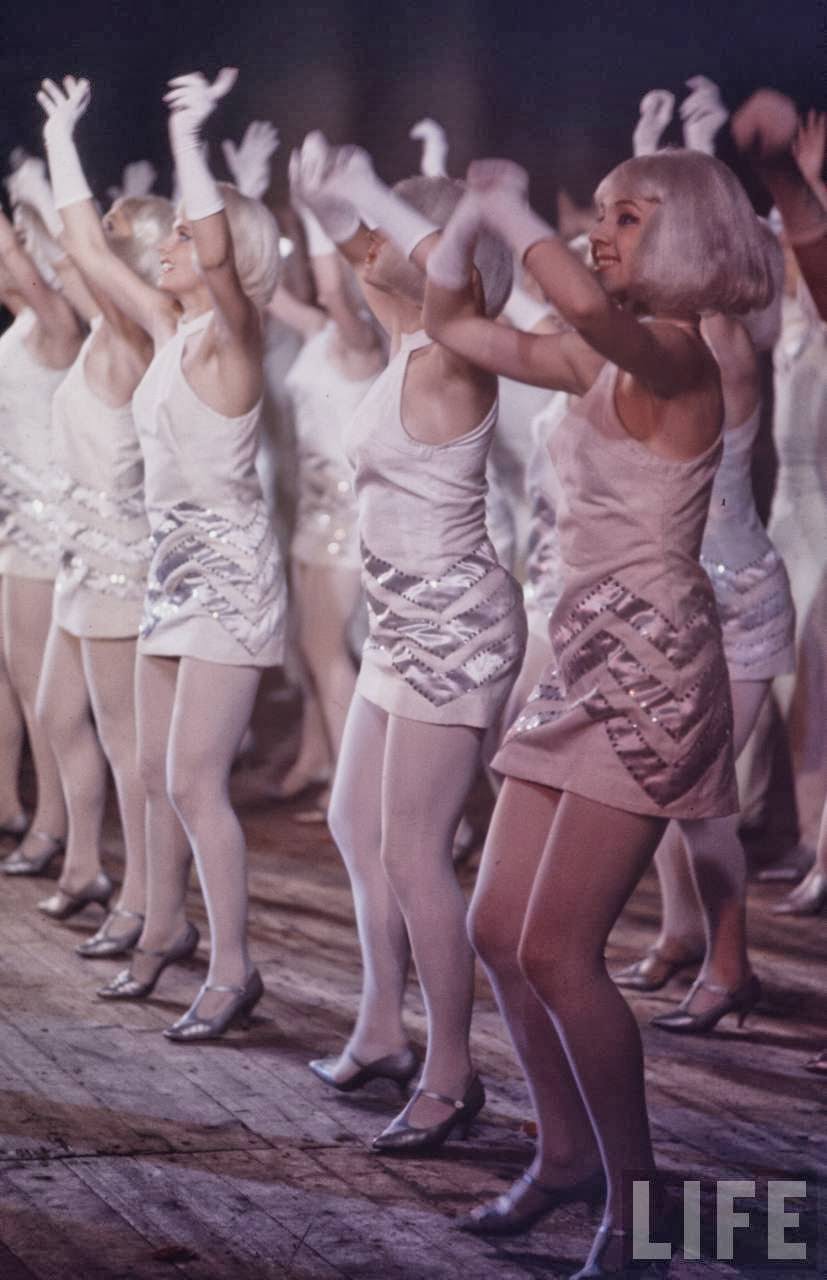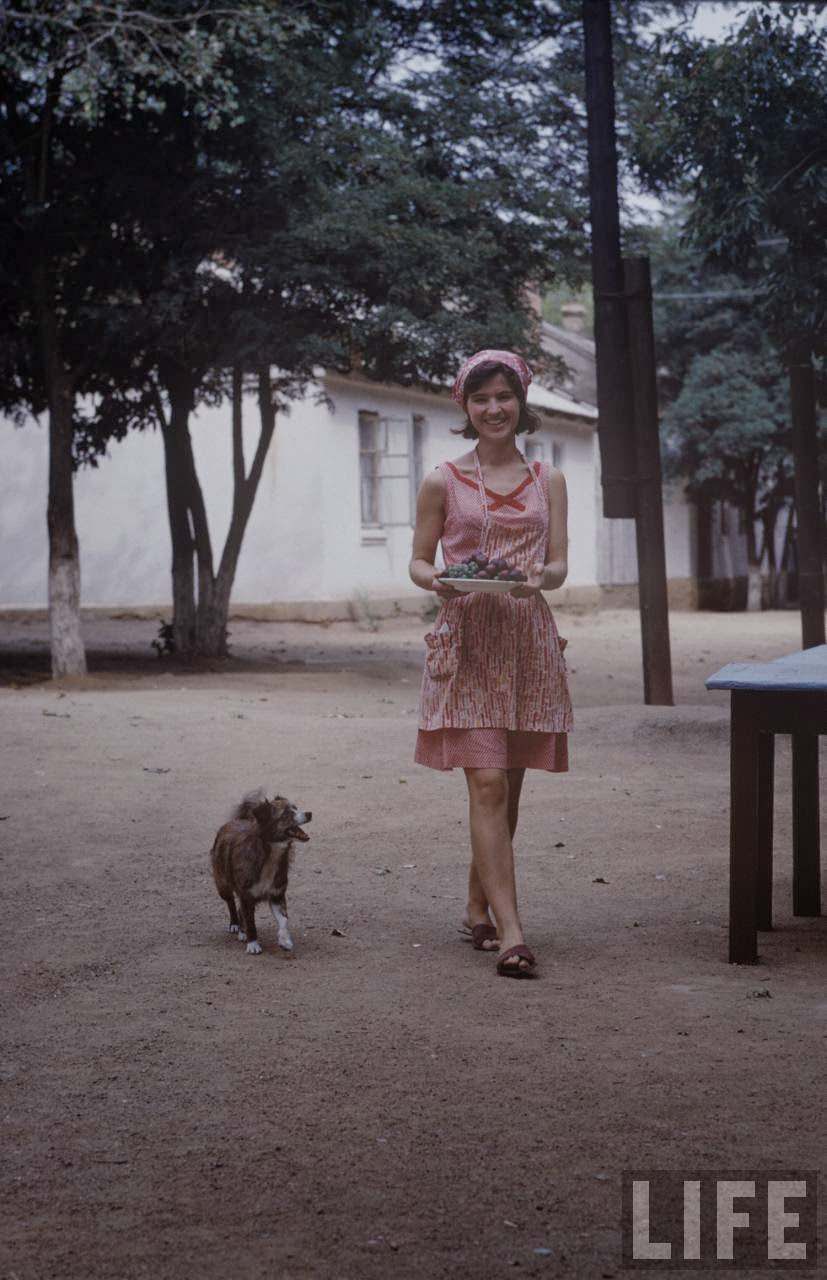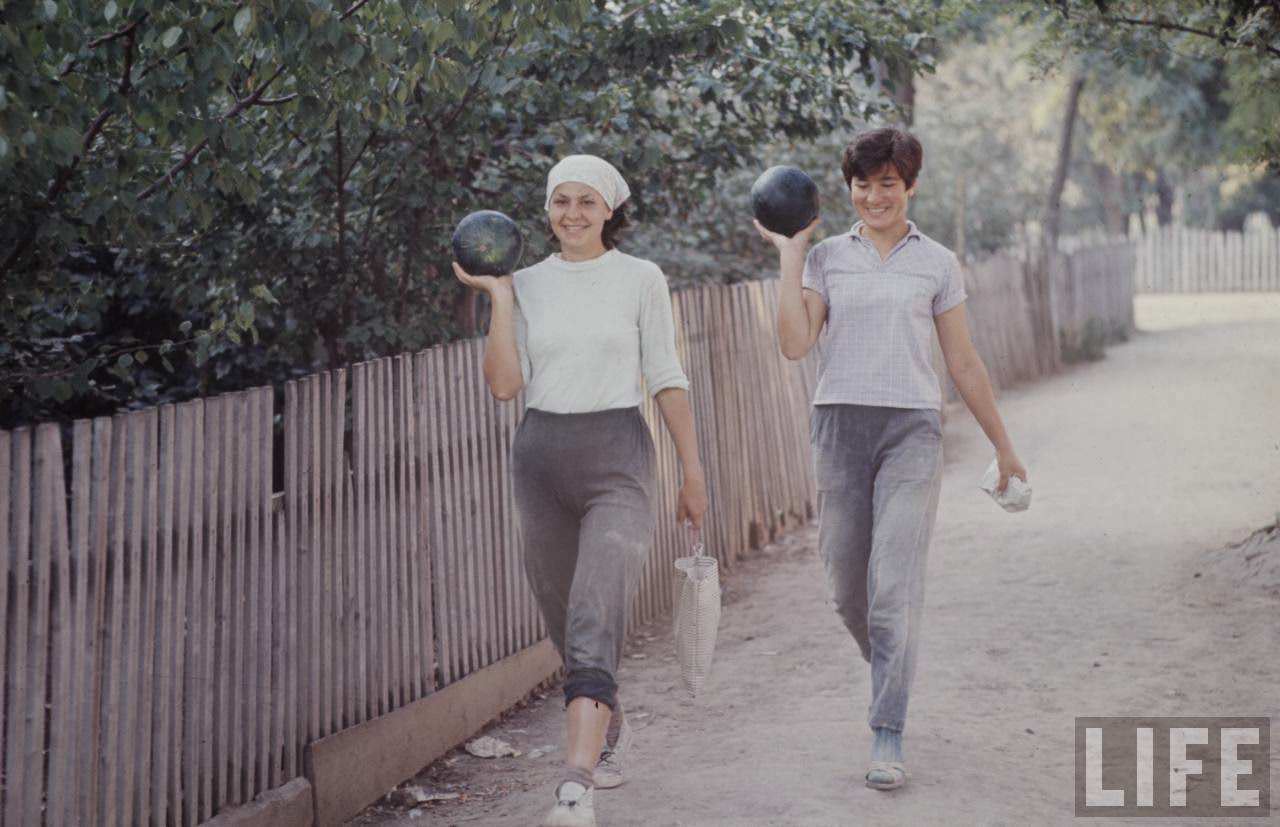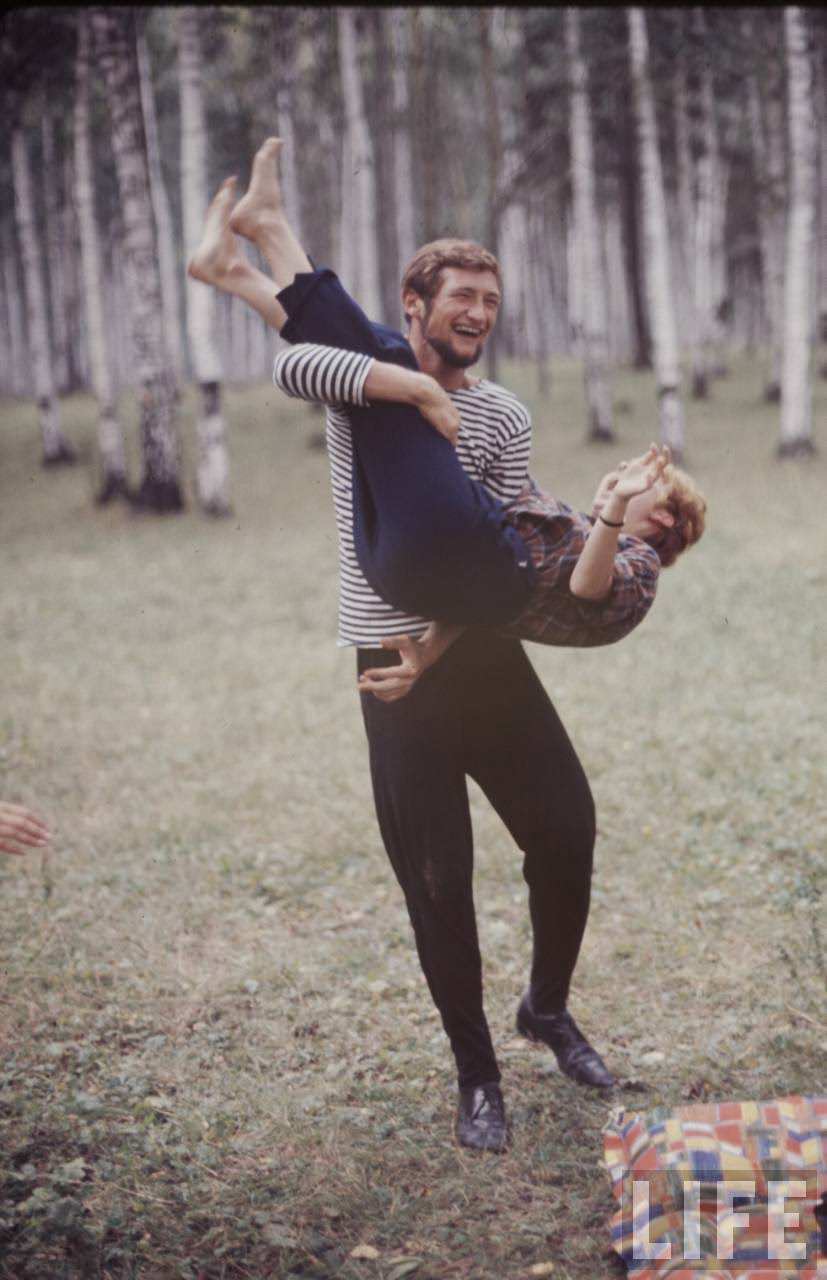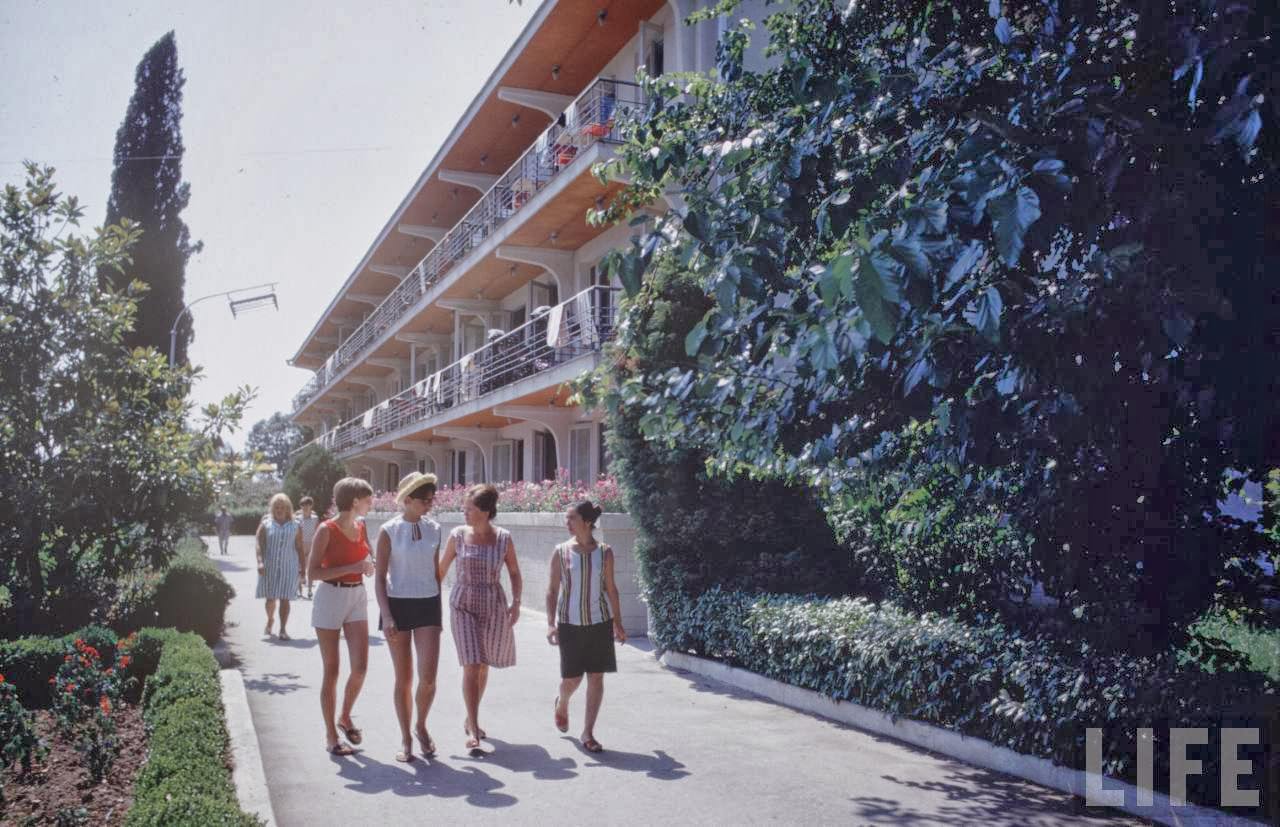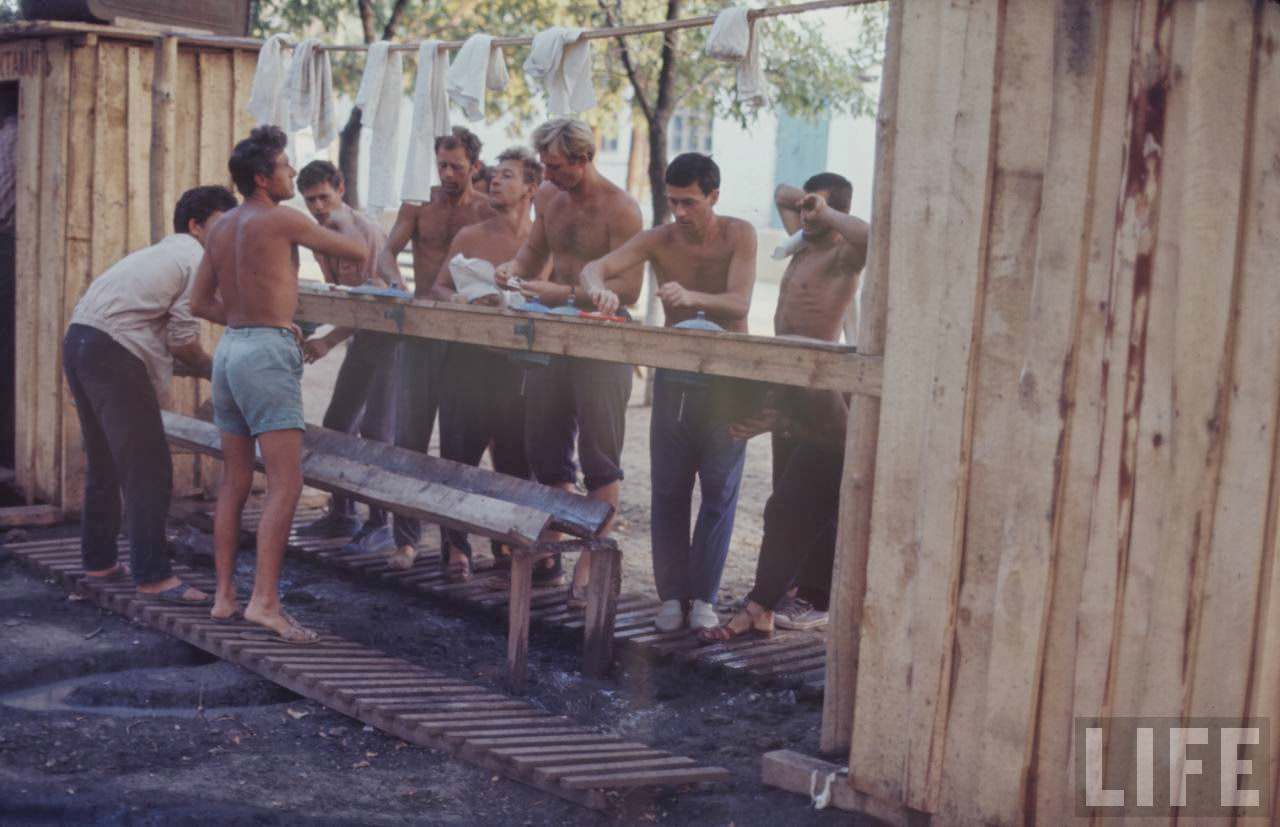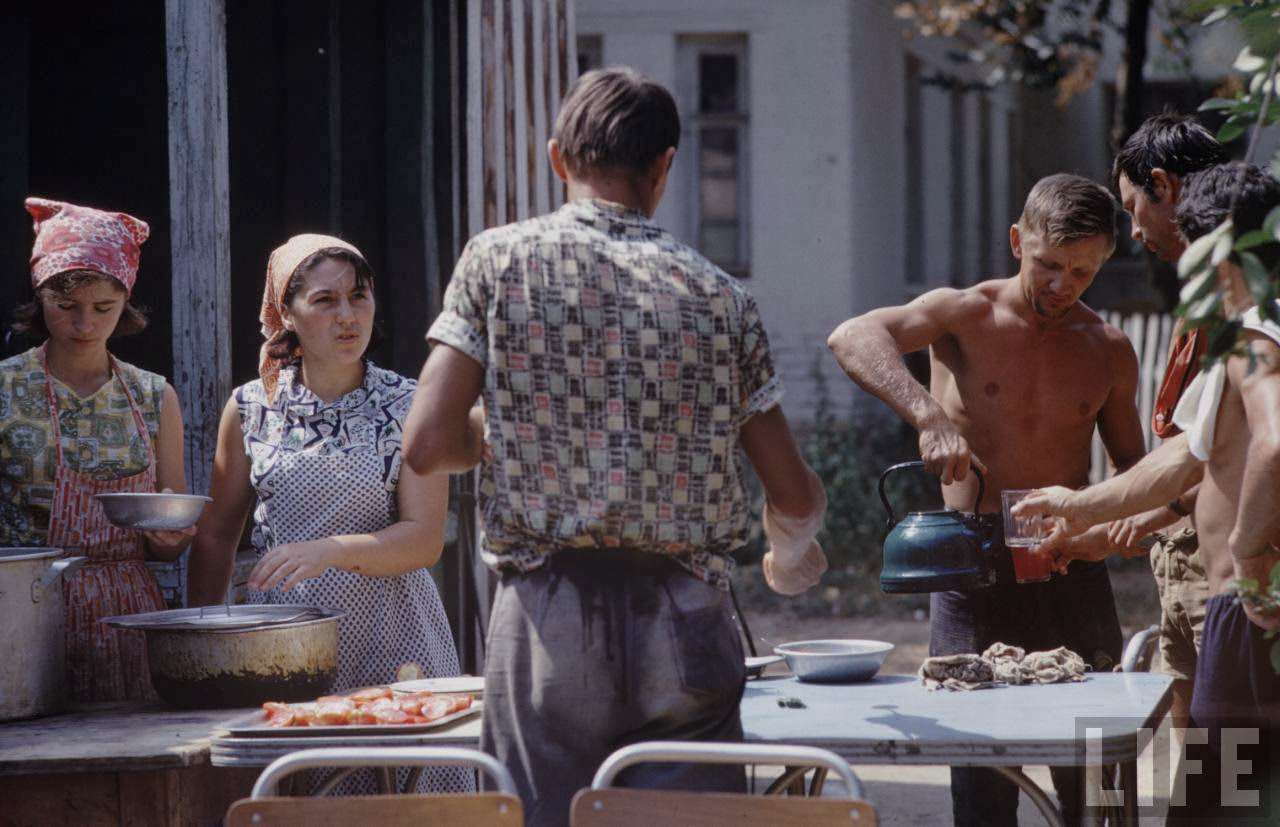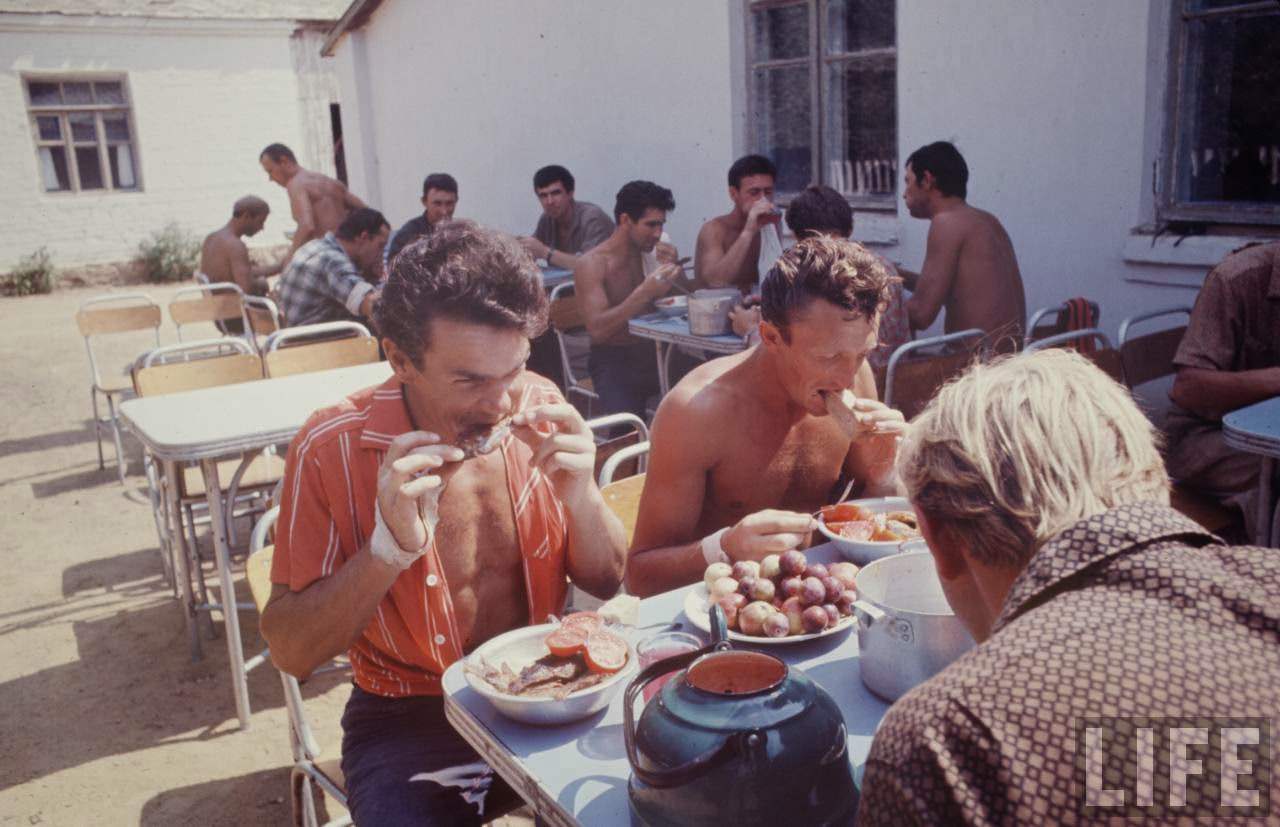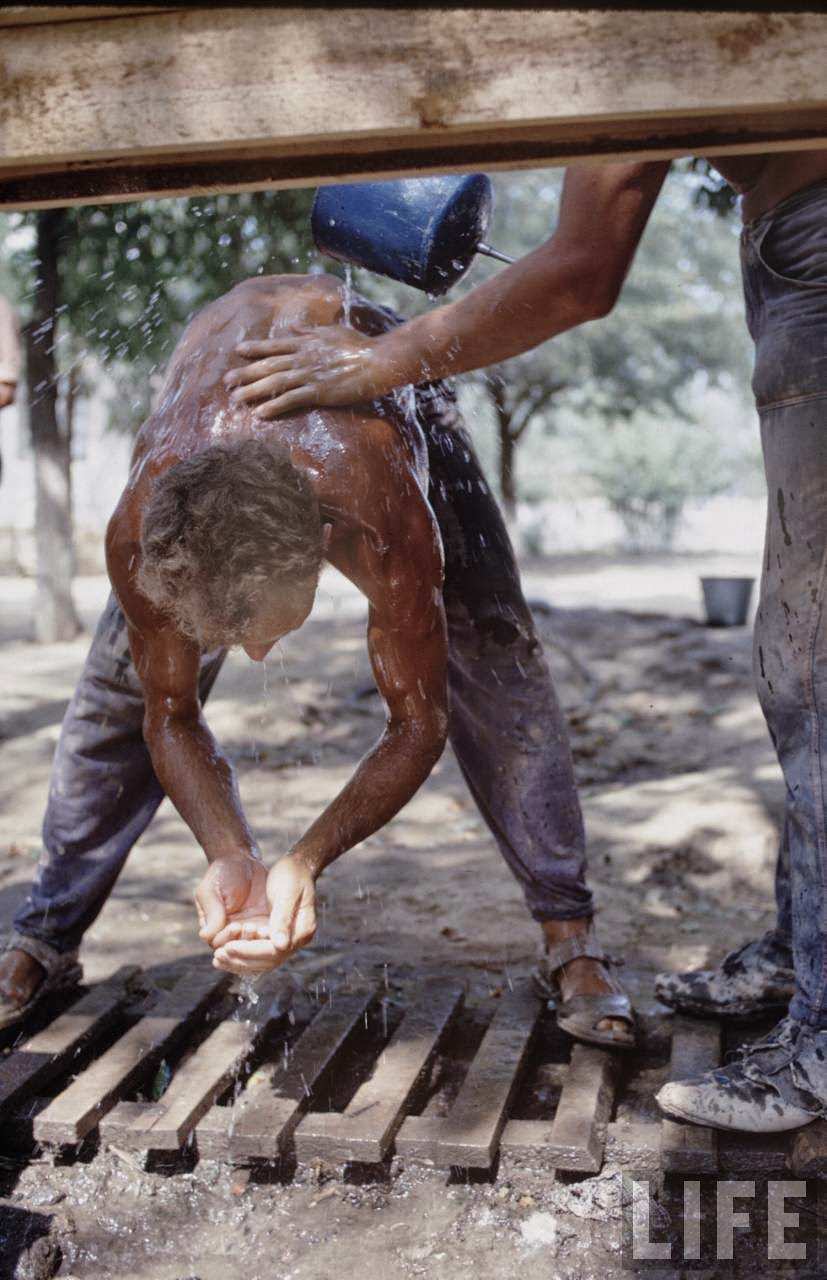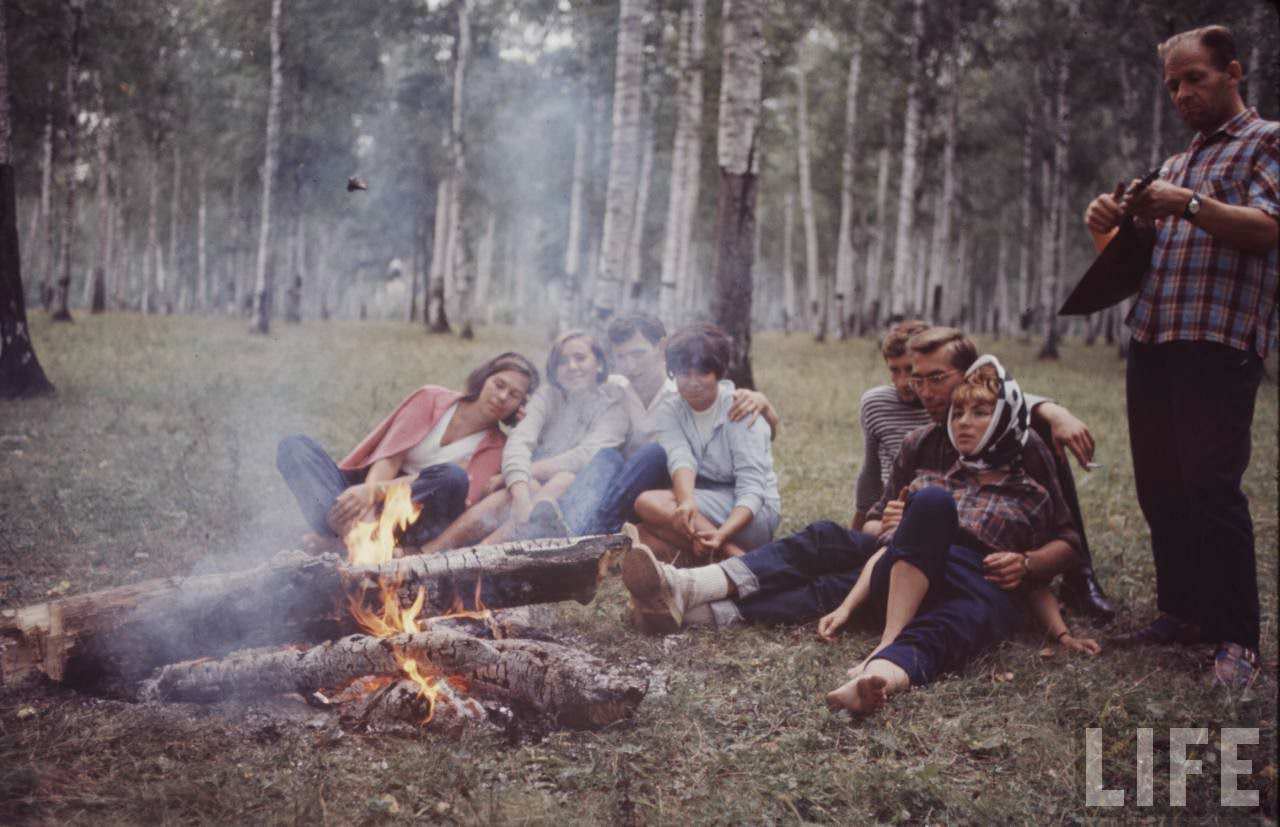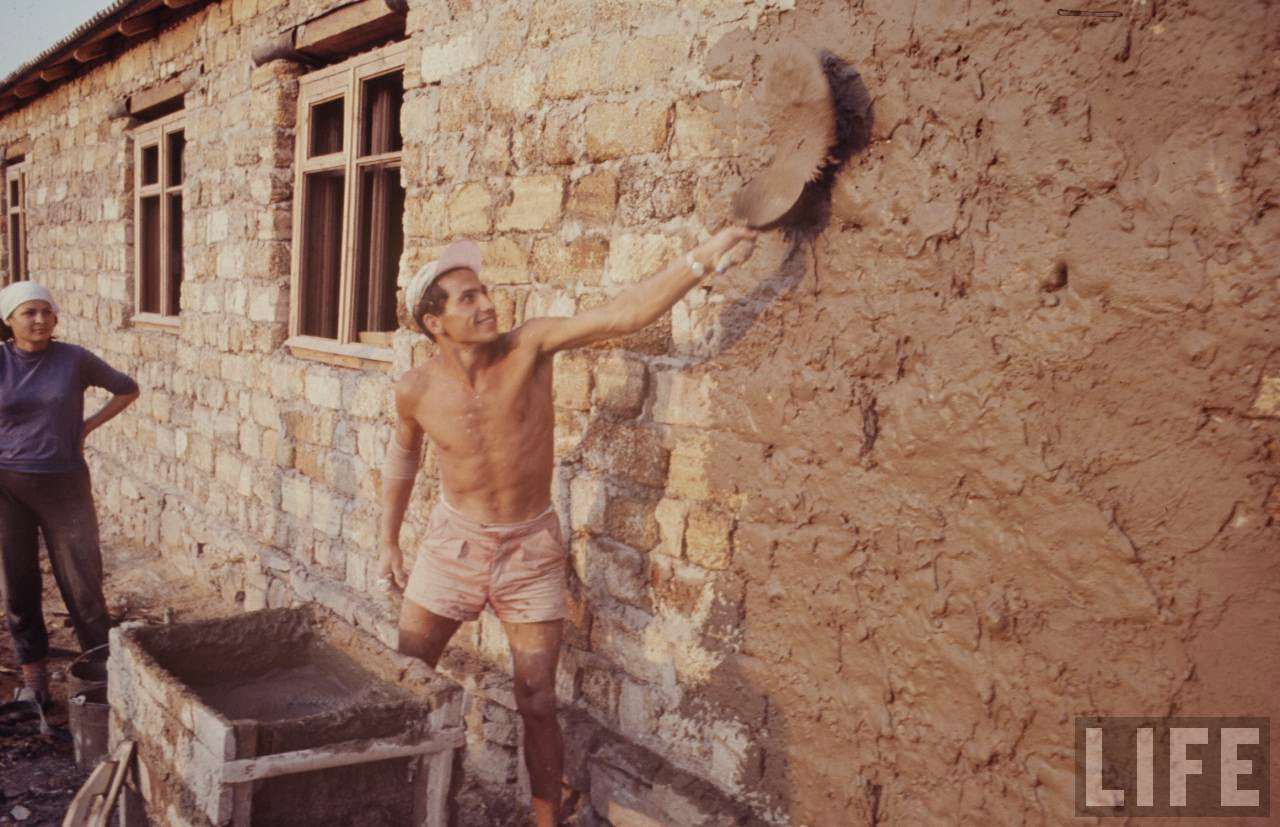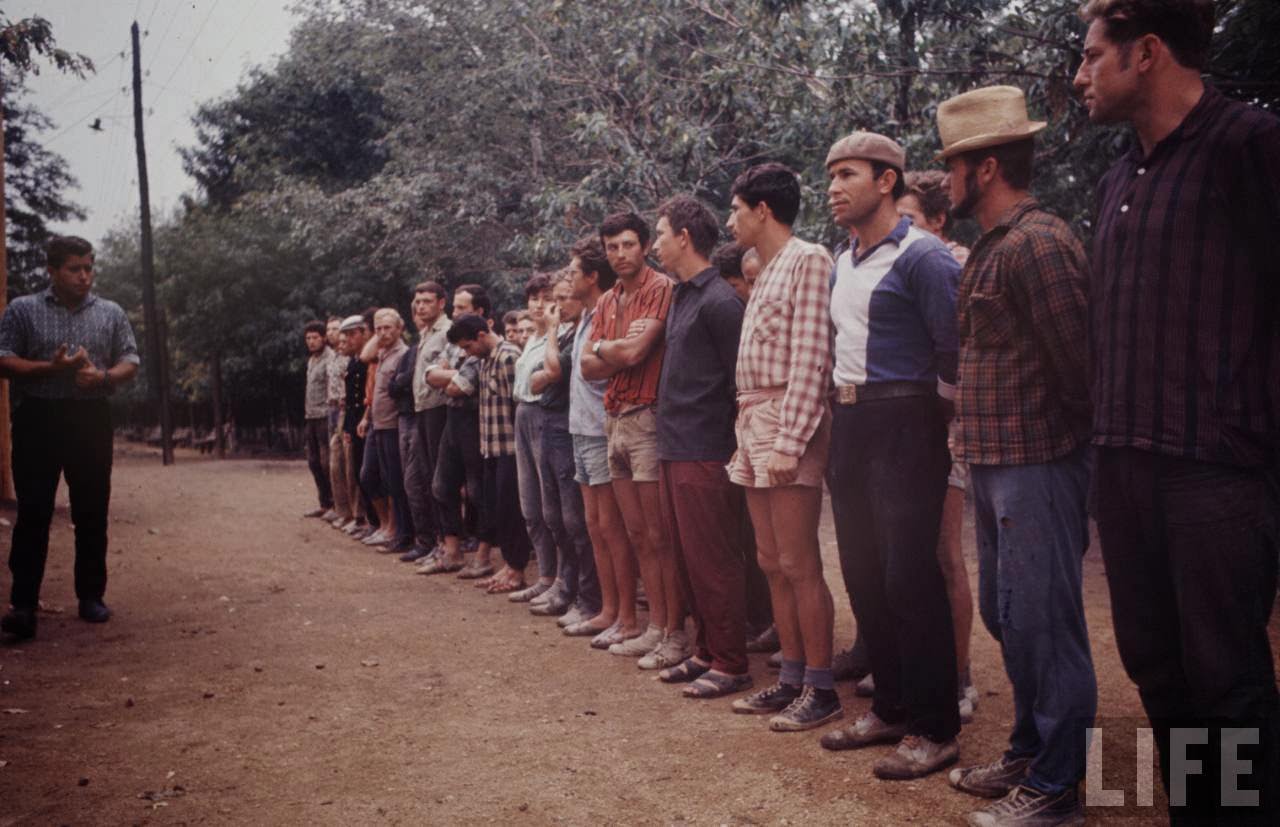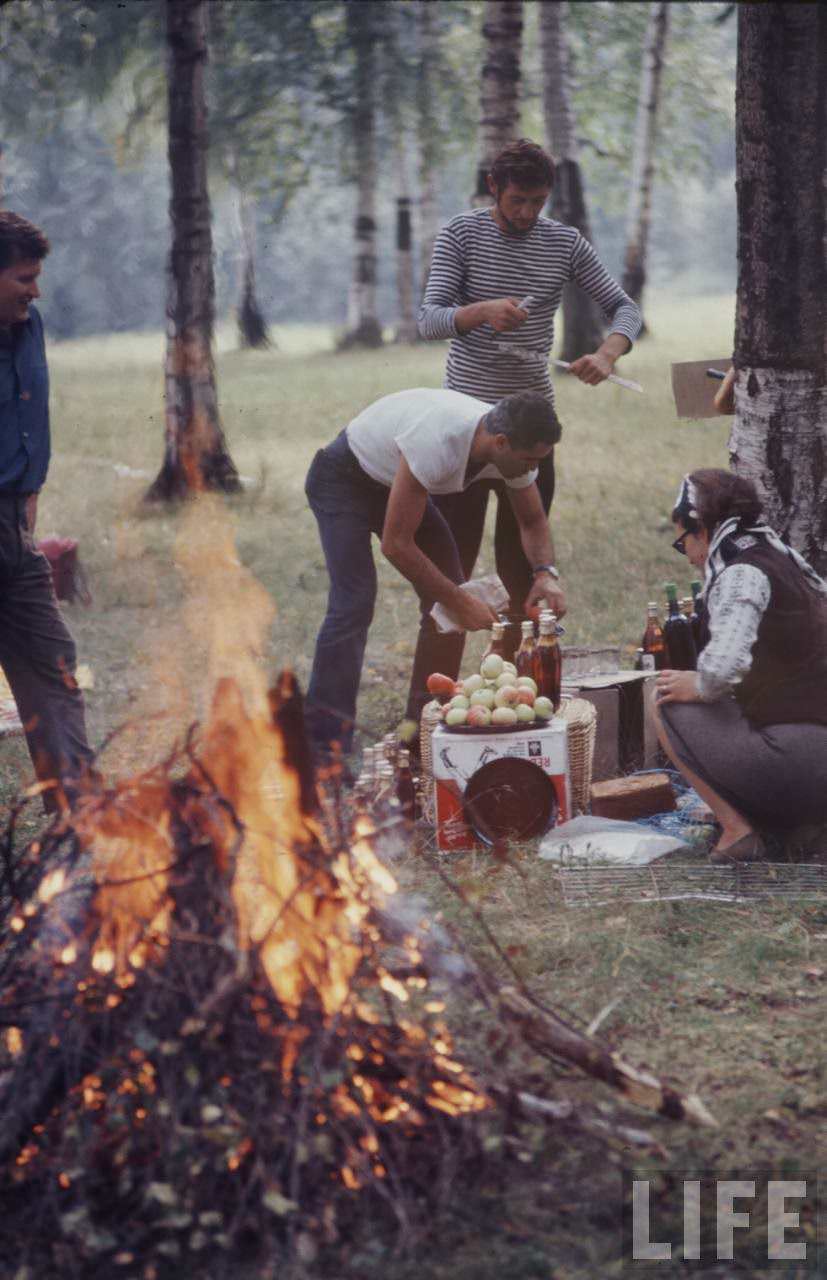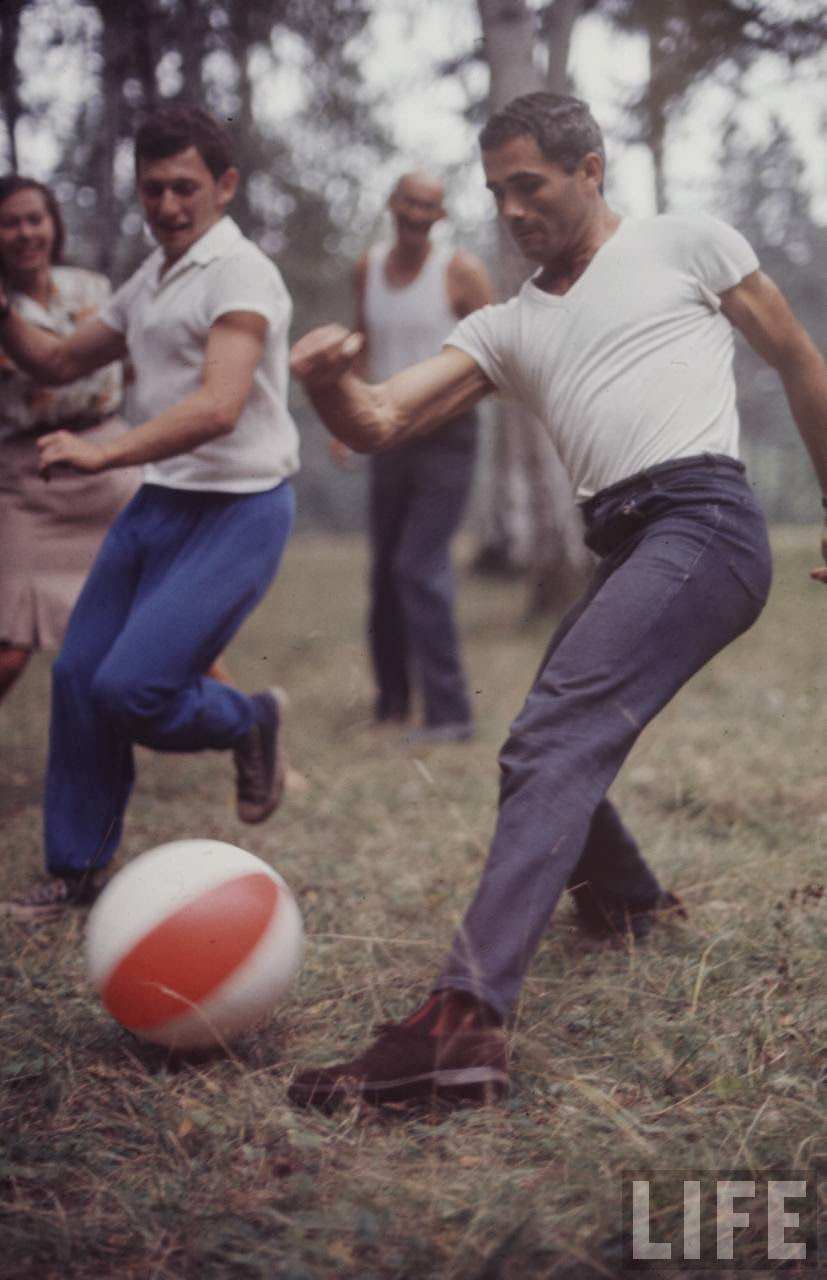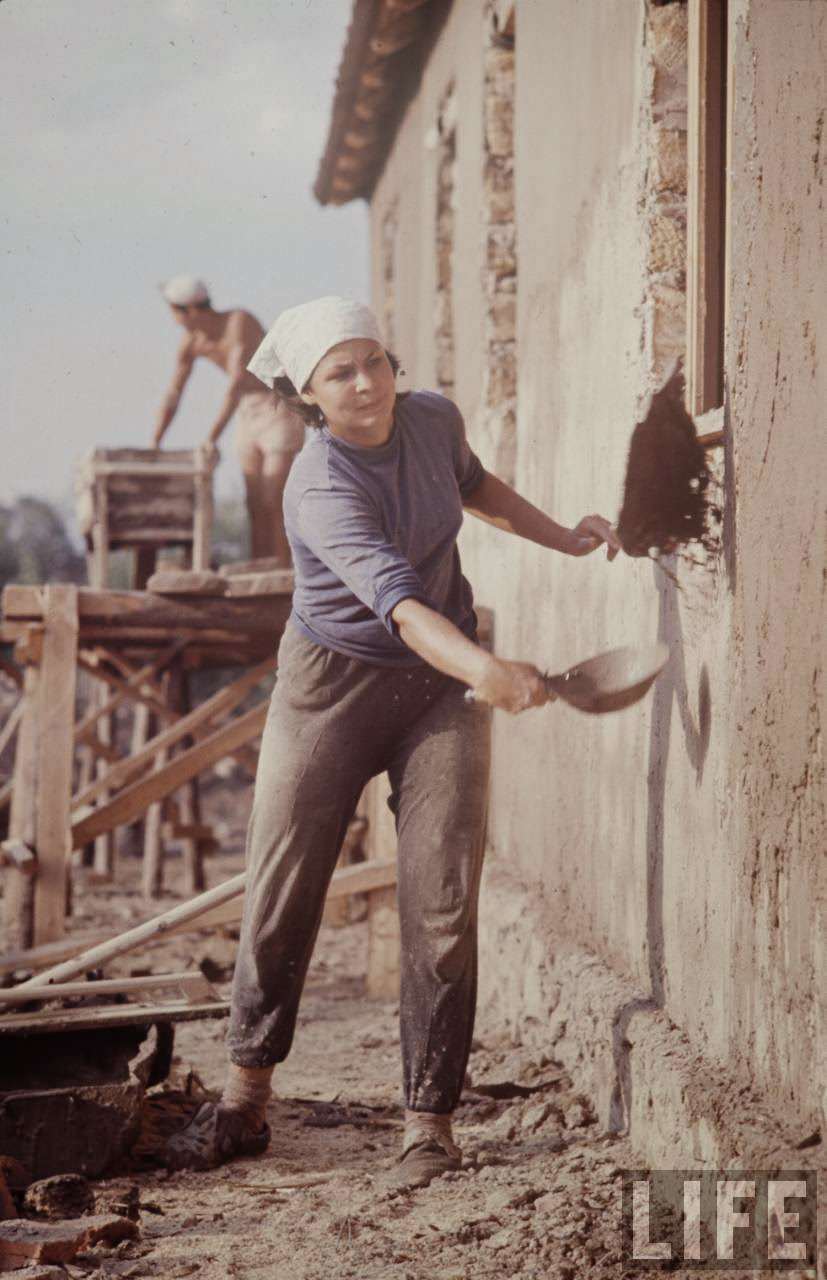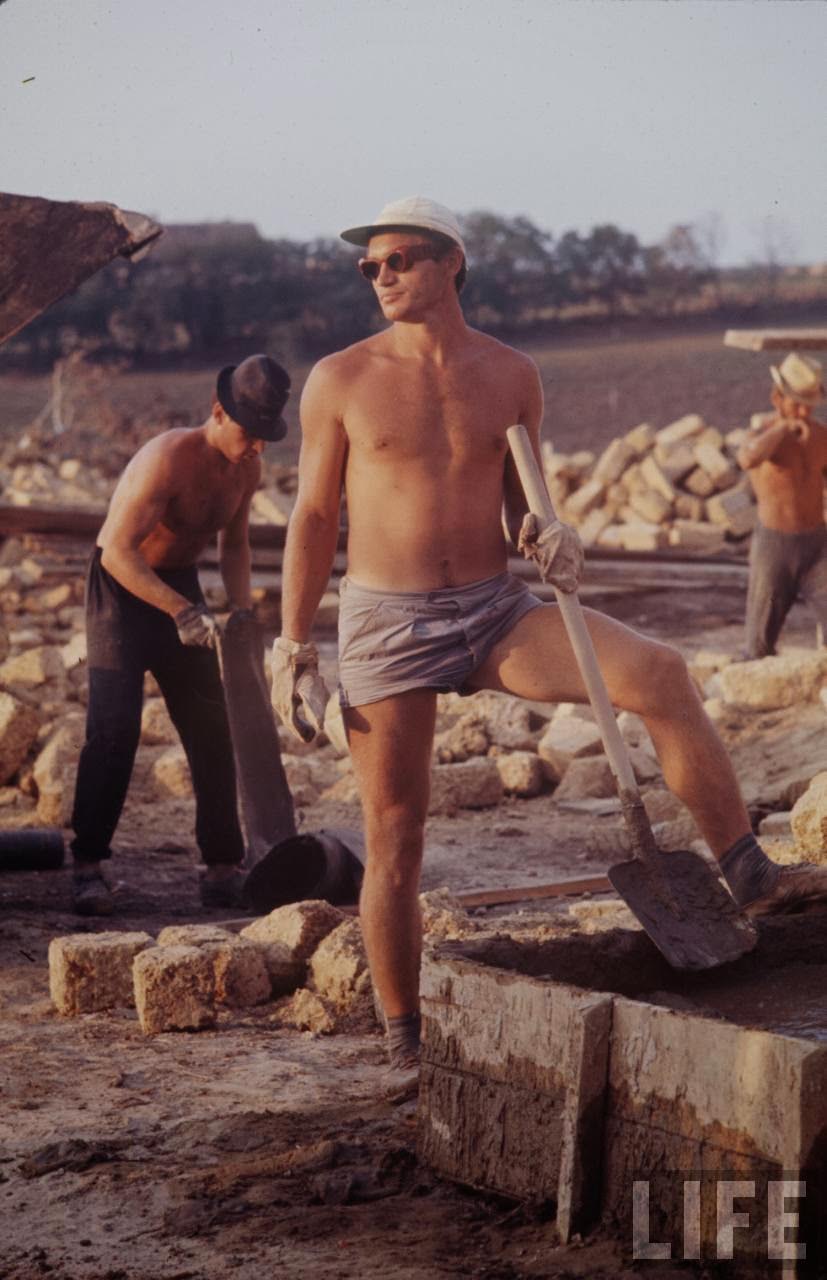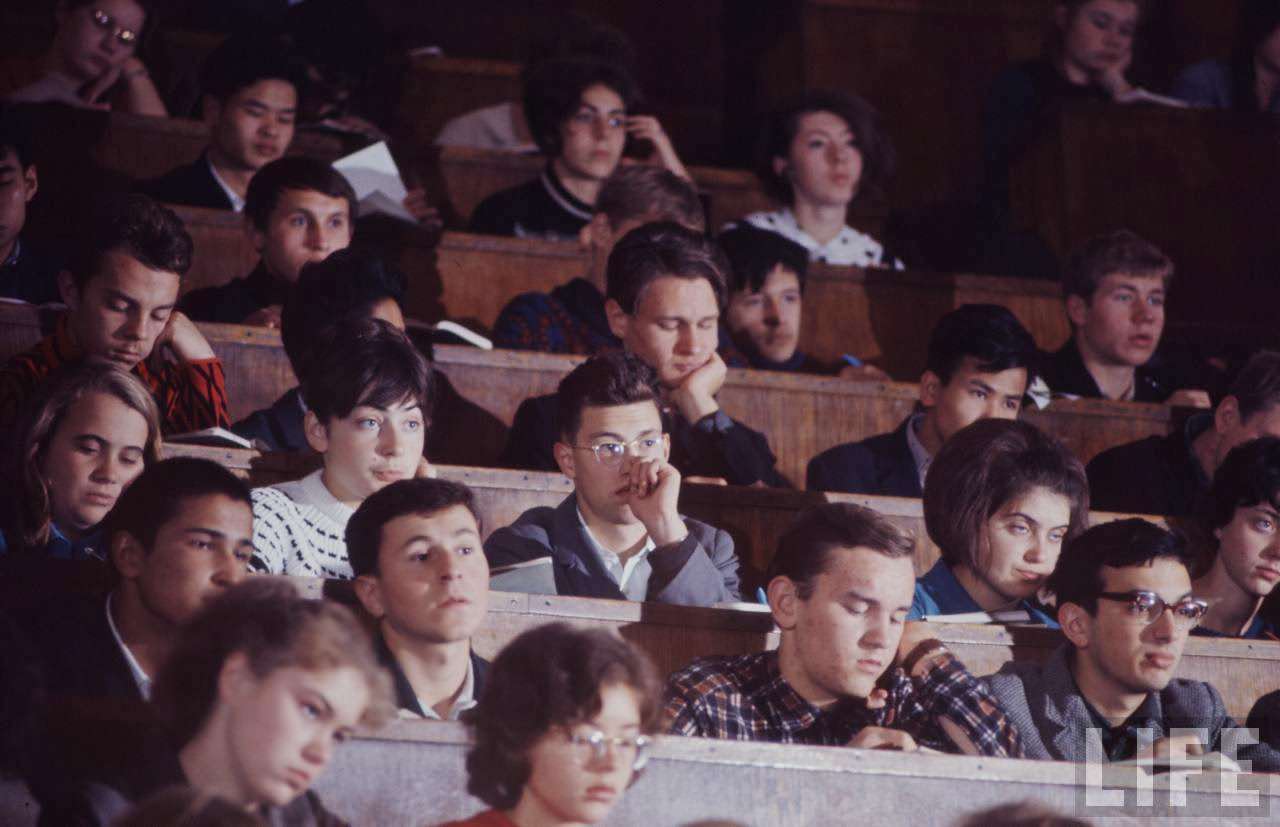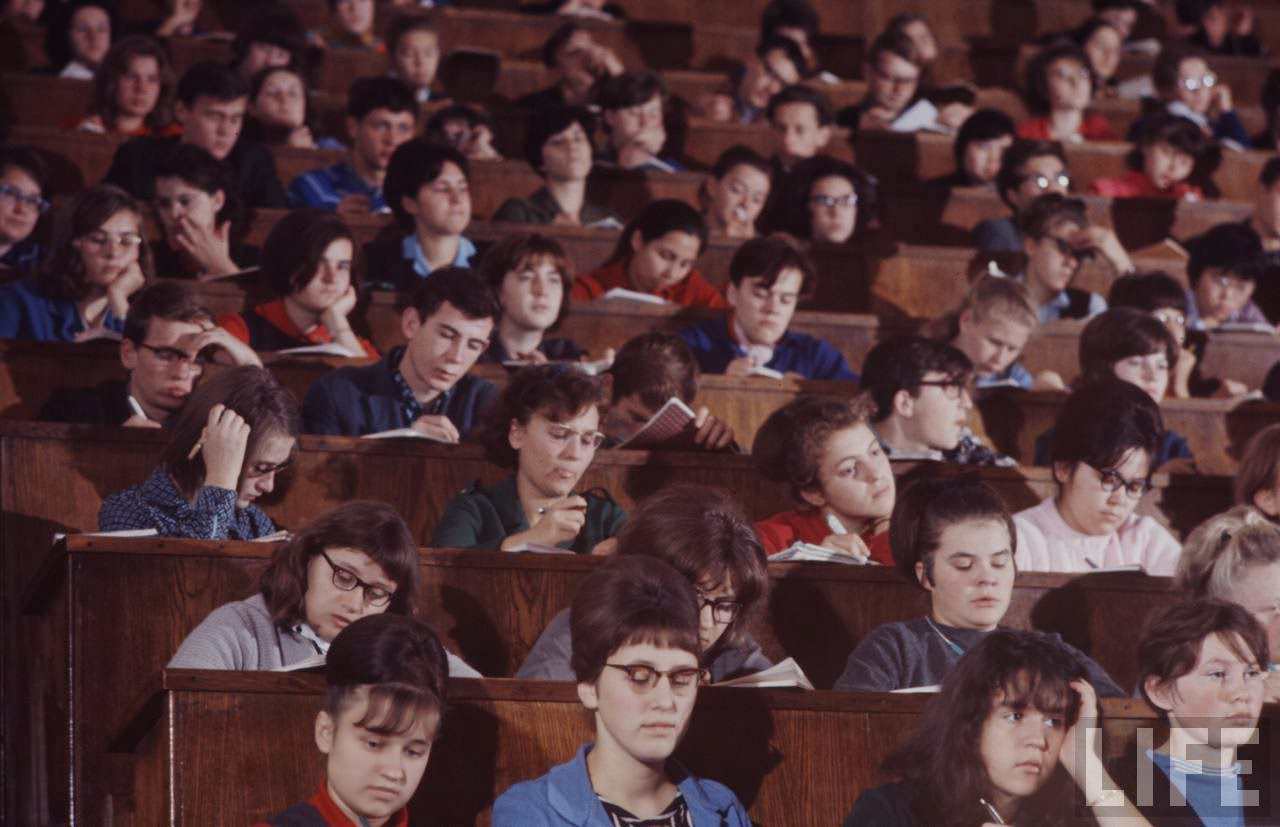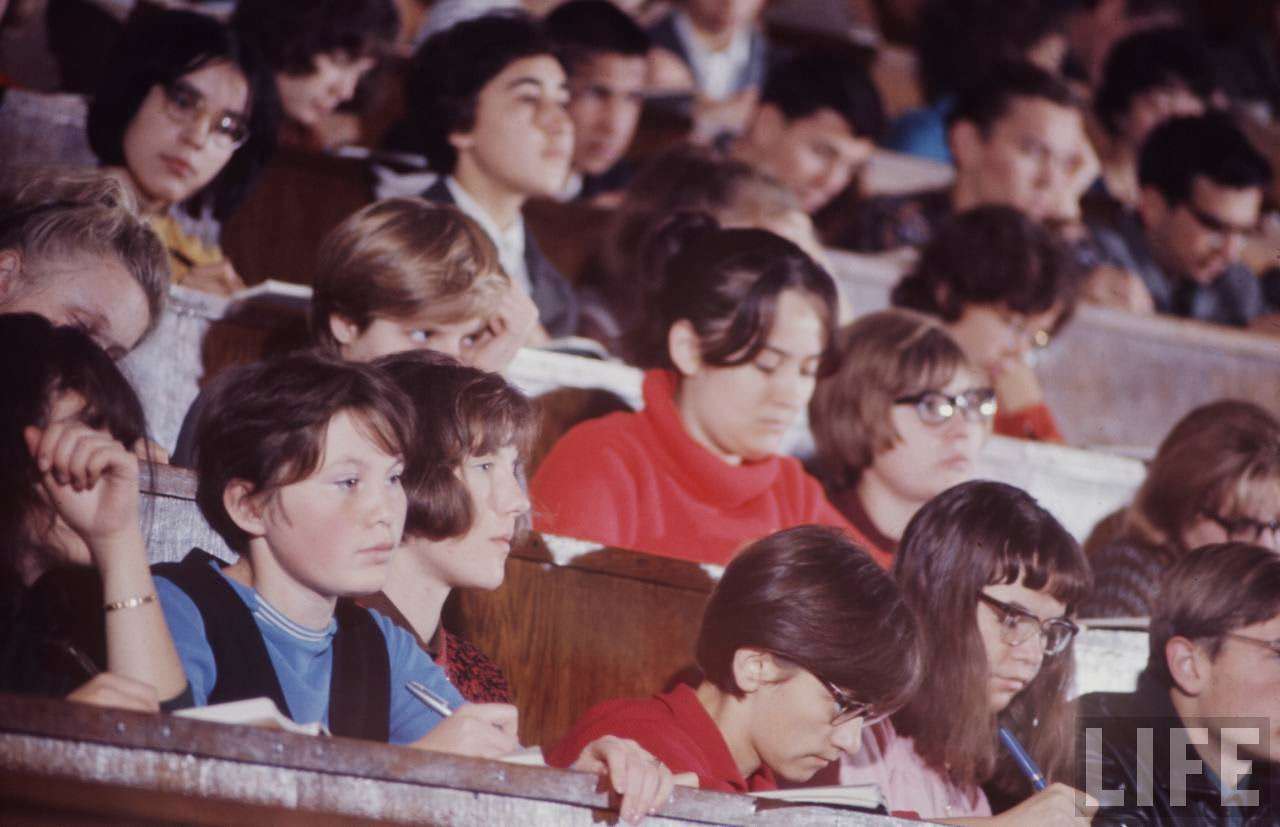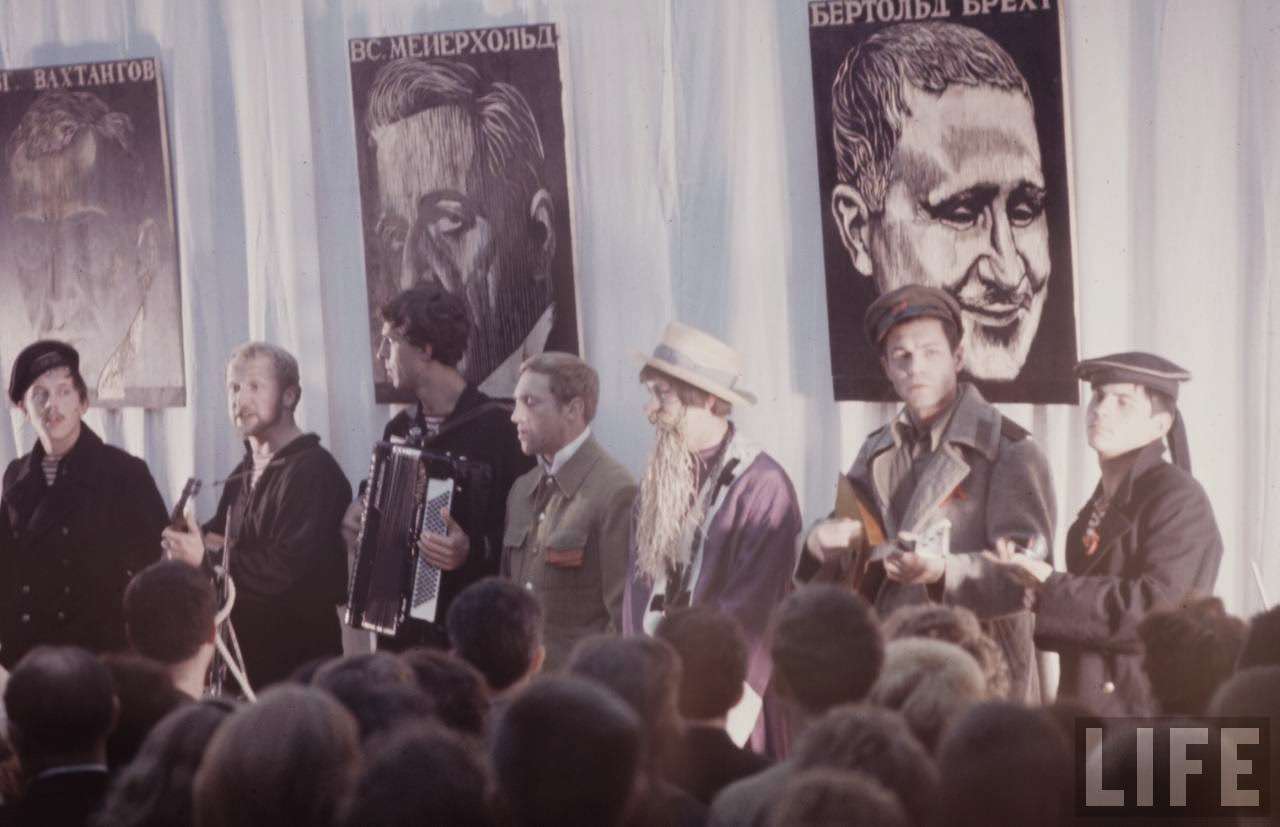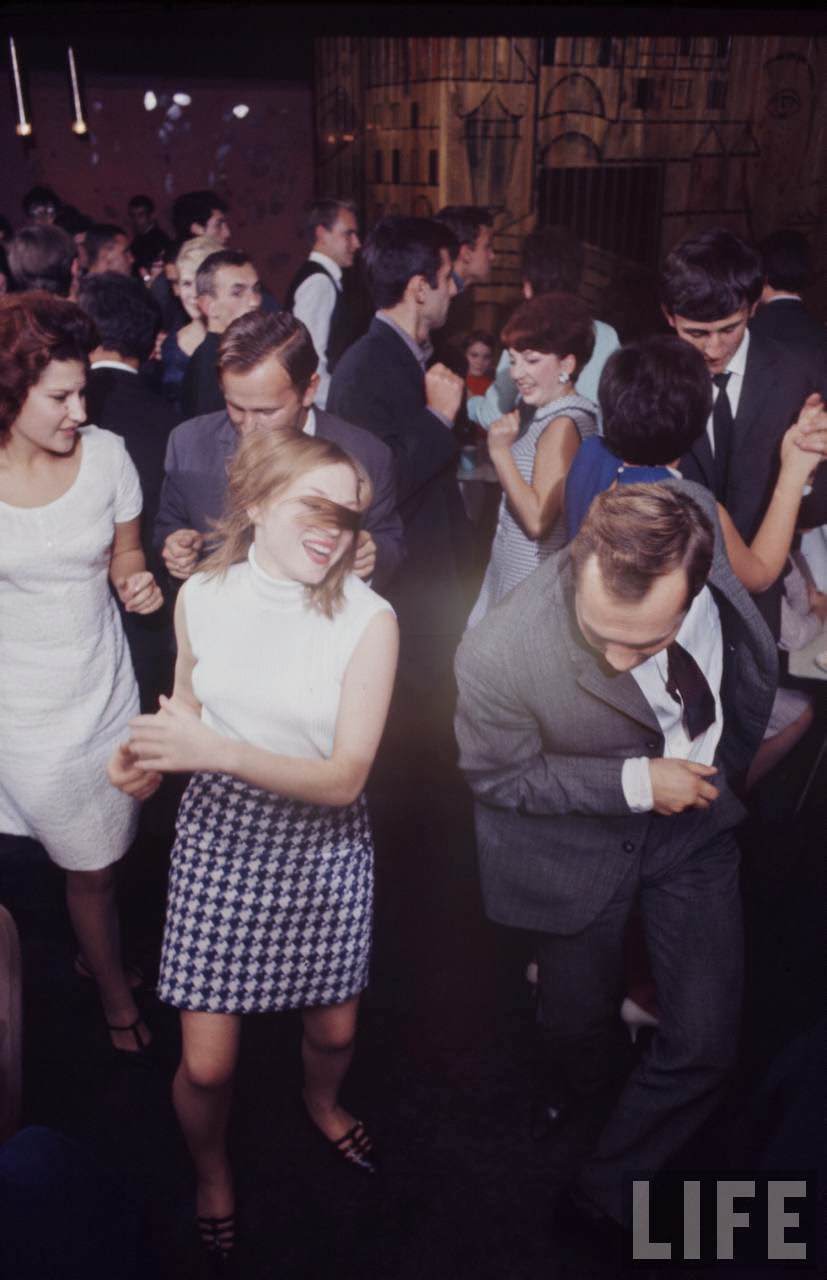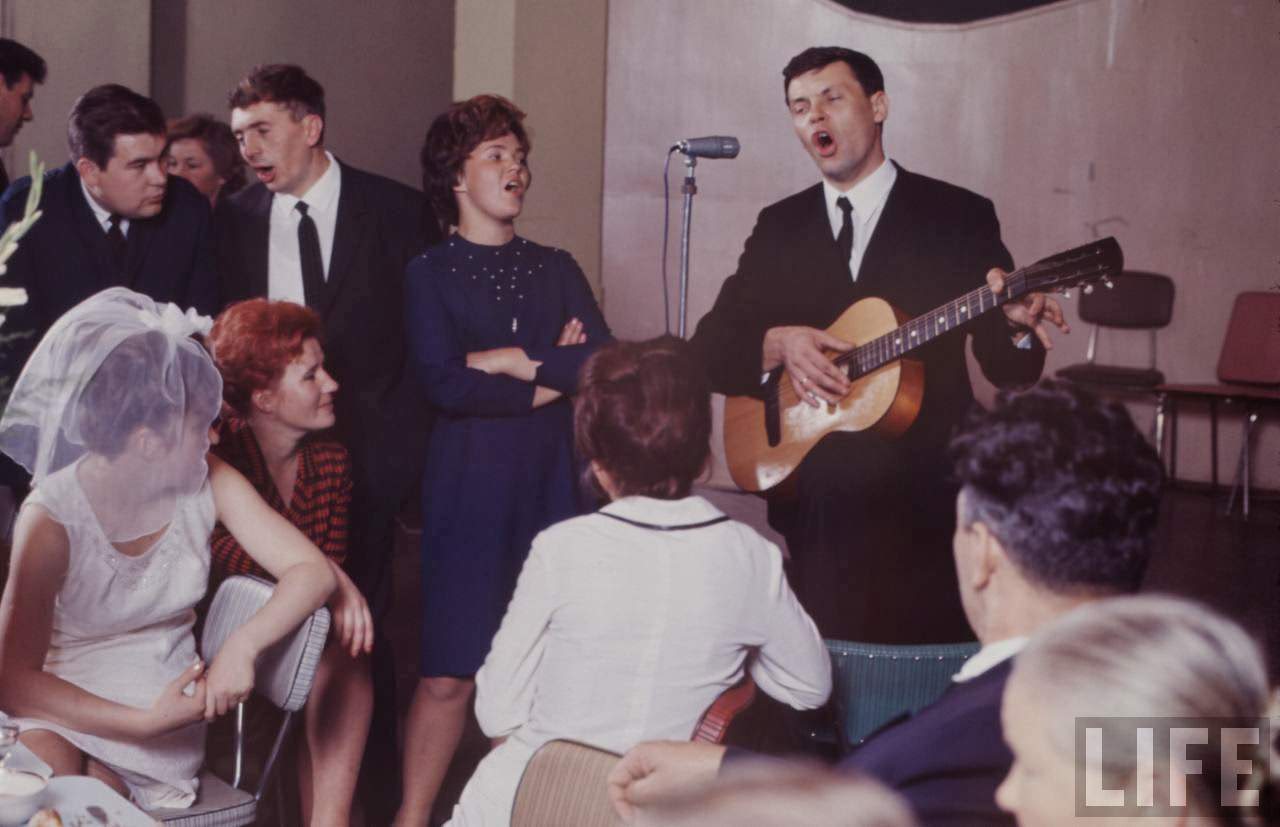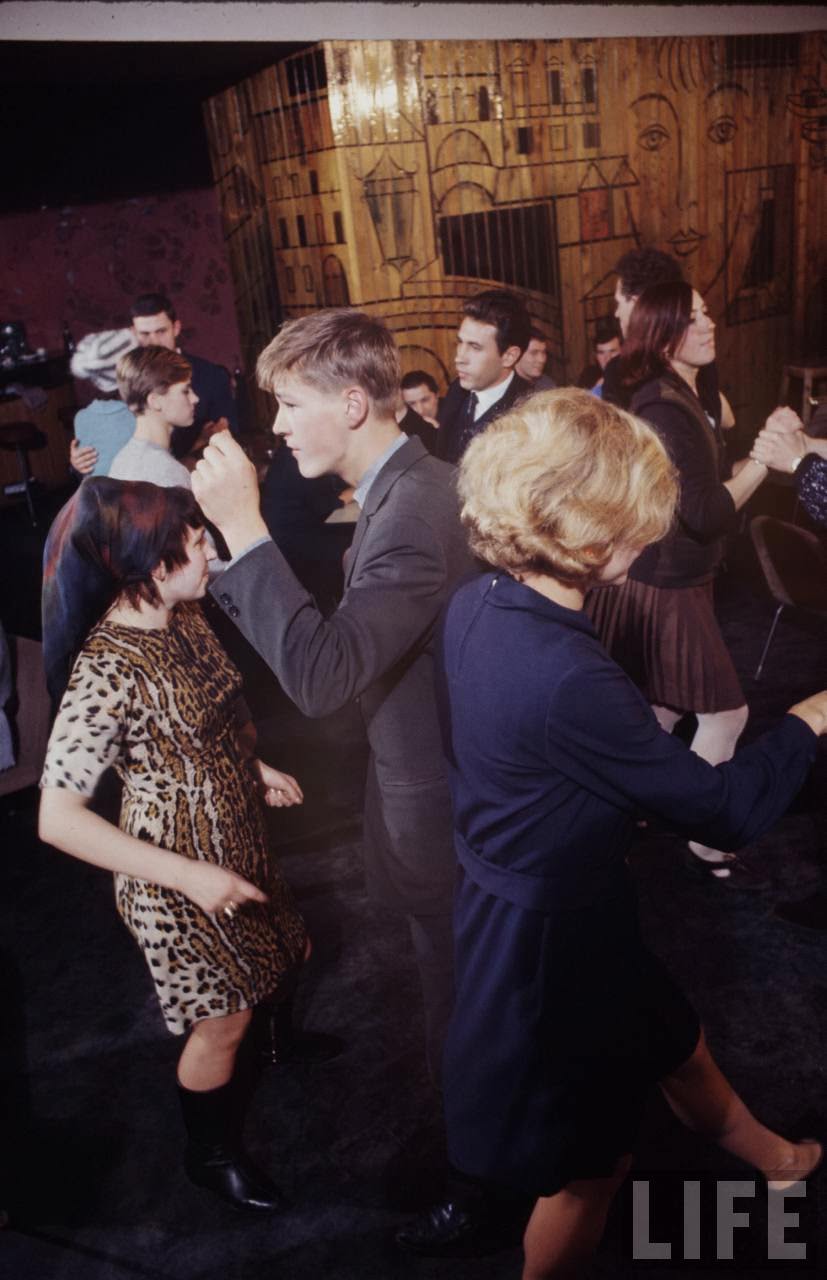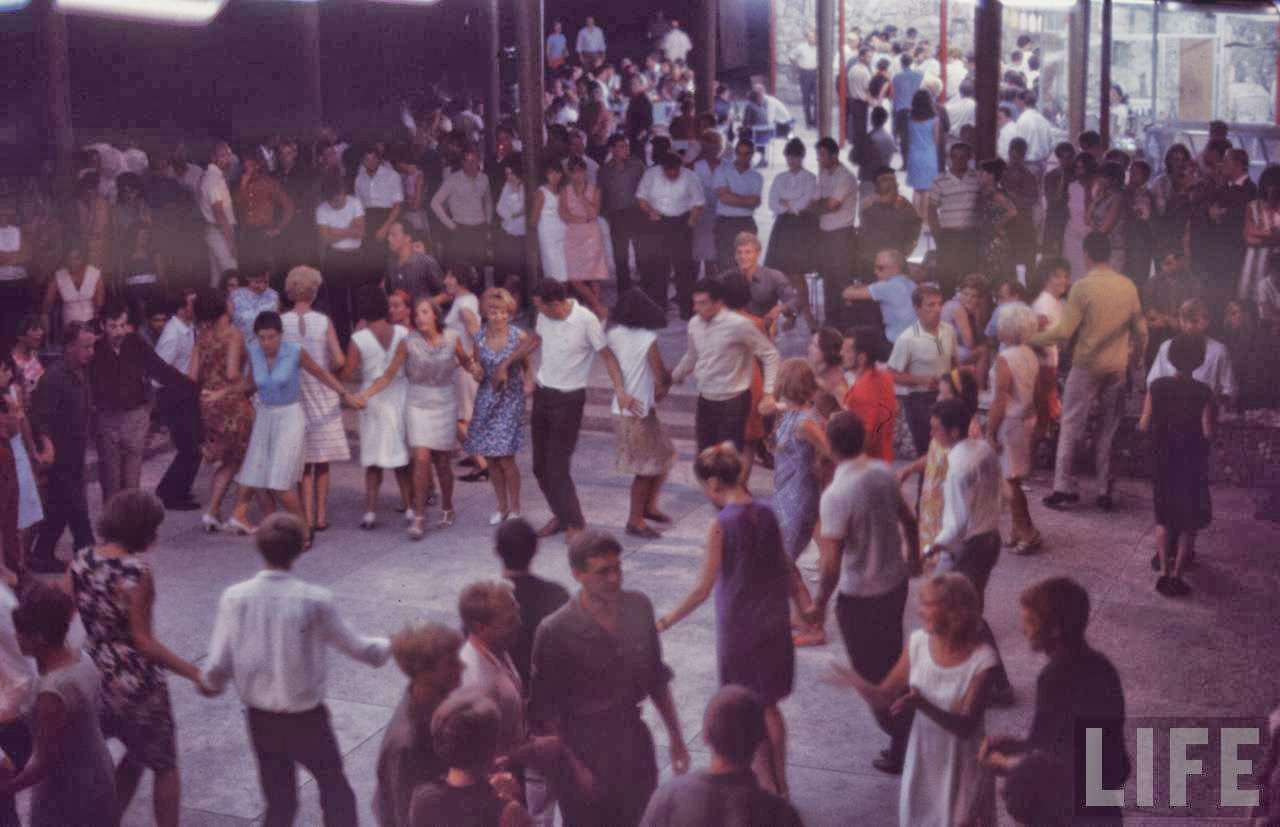In the 1960s, the Soviet Union was a country undergoing changes, and a large part of that change was simply due to who lived there. By 1967, almost half of the 235 million people in the Soviet Union were under the age of 27. This meant that a huge number of the country’s citizens were young people, most of them born in the years right after World War II ended in 1945.
This big young population was partly a result of sad reasons. For nearly forty years before the 1960s, the Soviet Union had gone through terrible times. There had been a civil war, periods of severe hunger called famines, and the incredibly destructive Second World War. These events caused a massive loss of life and also meant that fewer babies were born during those difficult years. So, when the country finally had a period of more normal life after the war, birth rates went up, creating a large generation of young people by the 1960s. This big group of young people meant that the focus of the country was shifting towards them.
This group of young Soviets born after the war is often called the “Sputnik generation.” They got this name because they grew up during a time when the Soviet Union was achieving big things in space exploration. They were kids and teenagers when the Soviet Union launched Sputnik, the first satellite to orbit the Earth, in 1957. They also saw their country send the first human, Yuri Gagarin, into space in 1961. These events were a source of great national pride and showed the world the Soviet Union’s scientific and technological power. Growing up with these triumphs shaped their view of their country.
Read more
The world this generation knew was quite different from the one their parents grew up in. Their parents often talked about hard times, like fearing “late night knocks on the door,” which was a reference to the secret police arresting people, especially during the time Joseph Stalin was in power. The Second World War, which the Soviets called the Great Patriotic War, was also a defining, brutal experience for the older generation when they were young. The Sputnik generation, however, did not live through these same levels of fear, violence, or widespread hardship during their childhood and teenage years.
Instead of seeing portraits of Joseph Stalin everywhere in school, the young people of the 1960s typically saw pictures of Vladimir Lenin, the founder of the Soviet state, or Nikita Khrushchev, who was the leader for much of the time they were growing up. Khrushchev had criticized some of Stalin’s cruel actions, and while life was still controlled by the state, the intense, widespread fear of the Stalin era was less present in their daily lives. This created a slightly more relaxed atmosphere for them.
The Sputnik generation also had some exposure to things their parents might not have. While the Soviet system controlled the economy tightly, by the 1960s, stores sometimes had what were called “Western-style consumer goods” on their shelves. These weren’t always high quality or widely available, but seeing and sometimes having access to things like certain types of clothing or household items that looked similar to those in Western countries was a sign of a changing world and offered a glimpse of life outside the Soviet Union.
Within their own homes, this generation experienced a bit more freedom than previous ones. As they got older, they often had more autonomy from their parents. This meant they had more time and opportunity to spend outside the family home and to build strong connections with people their own age.


